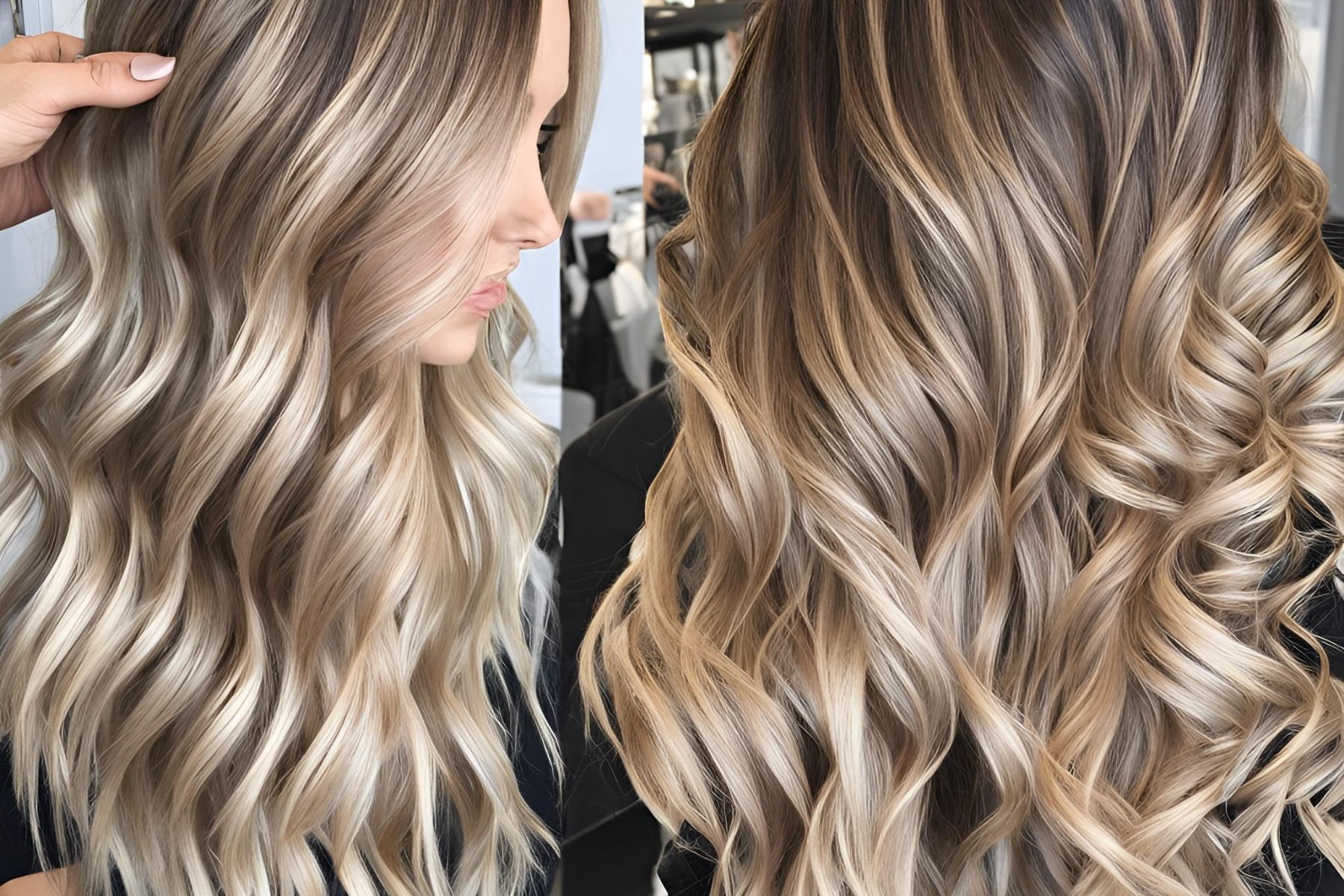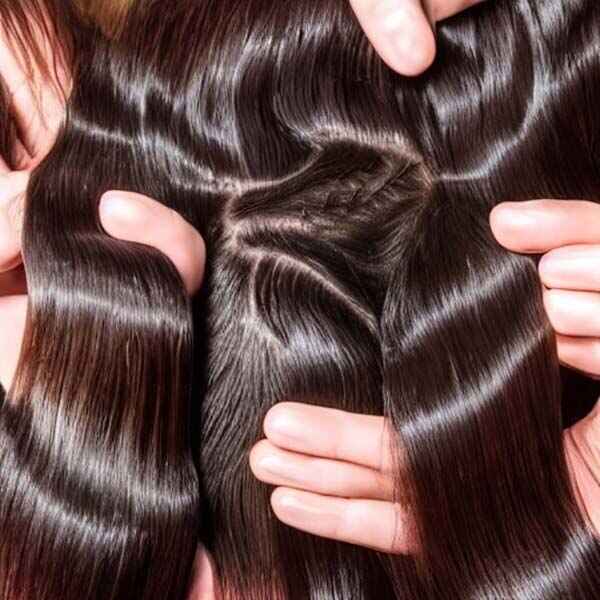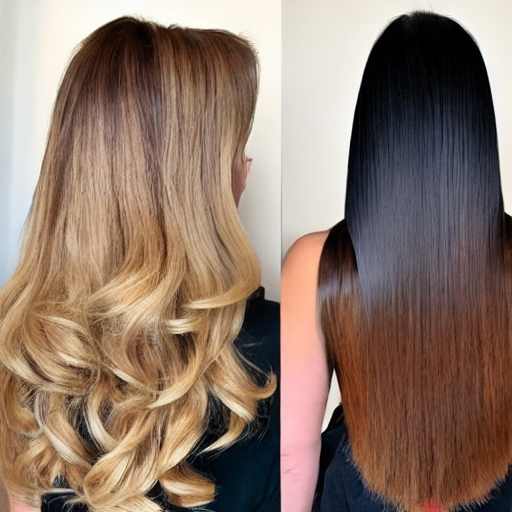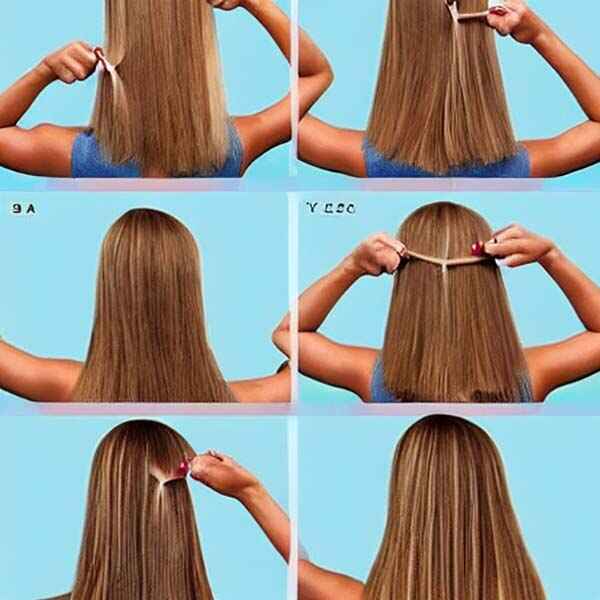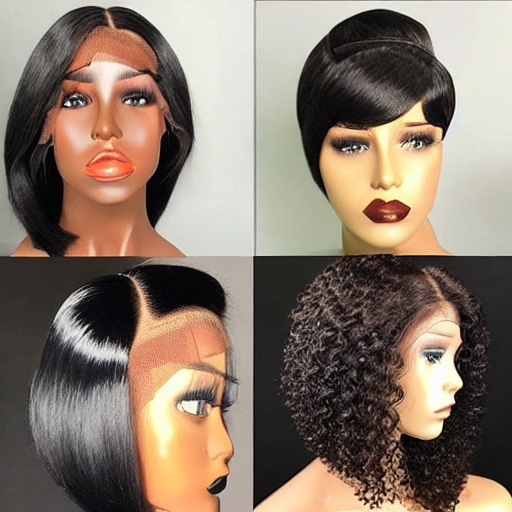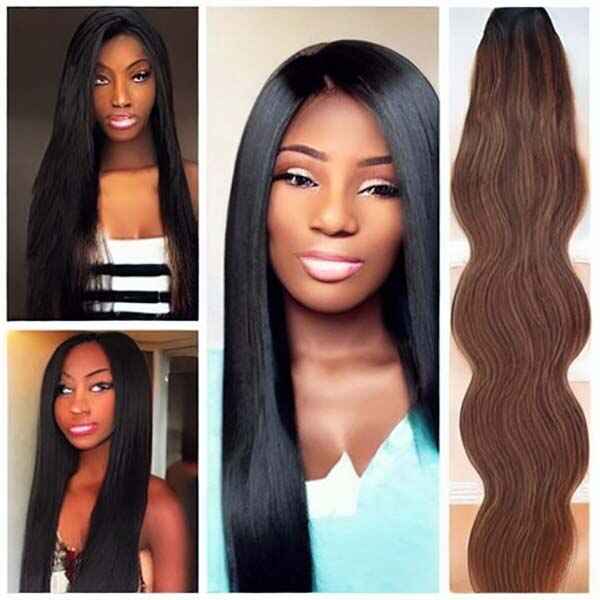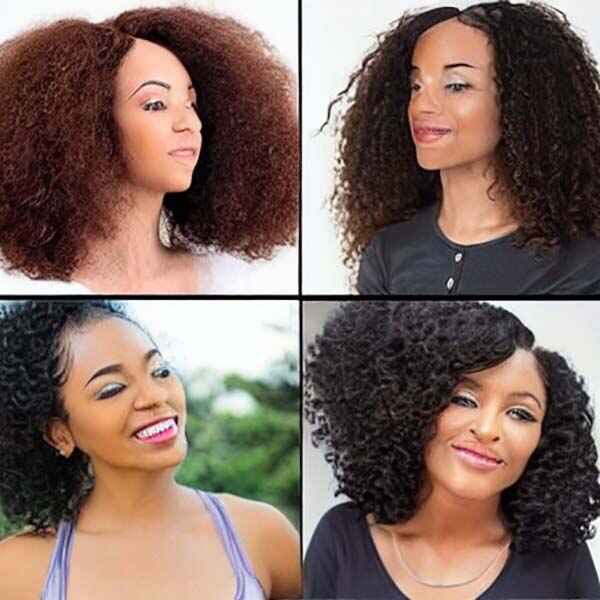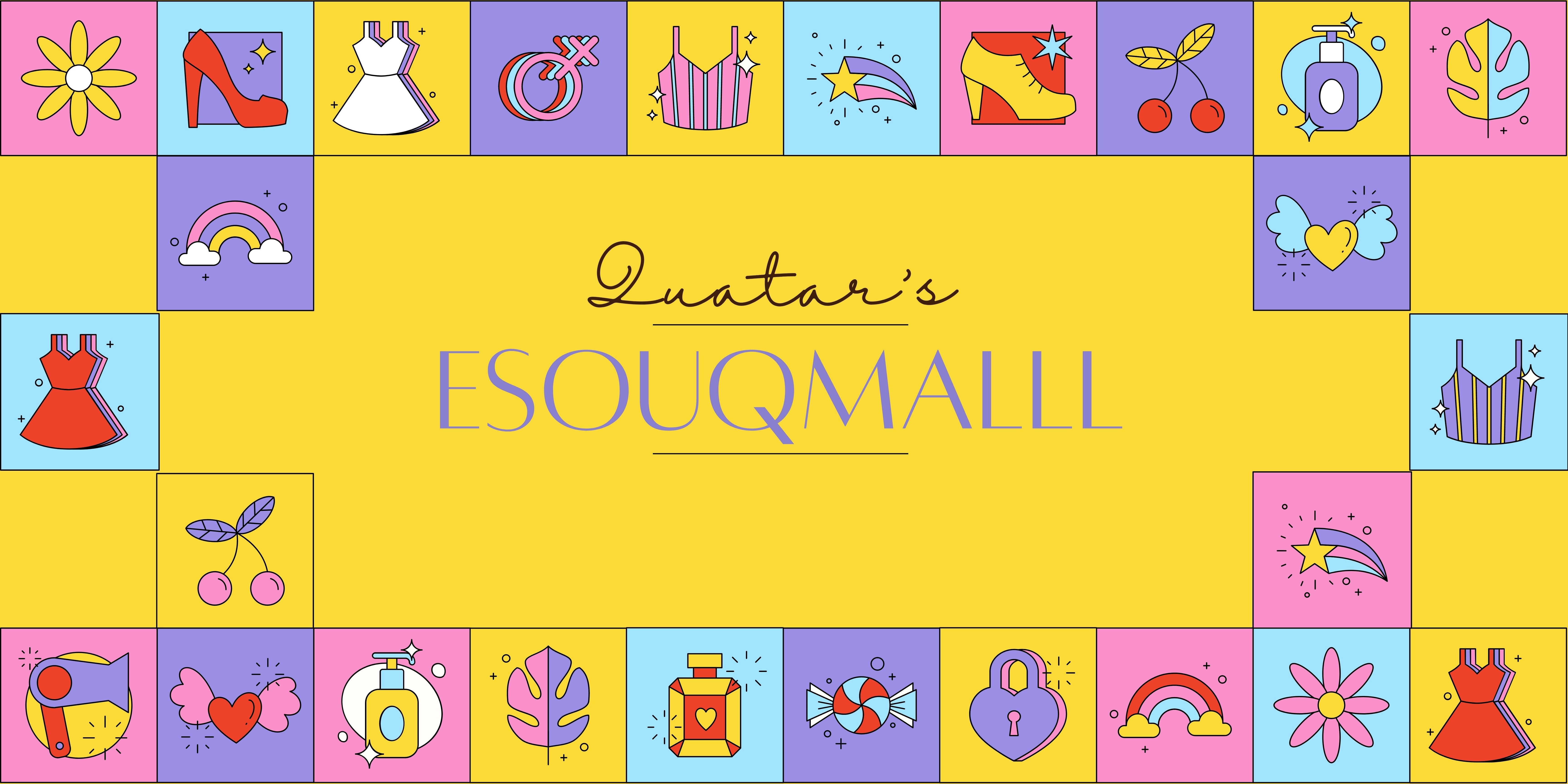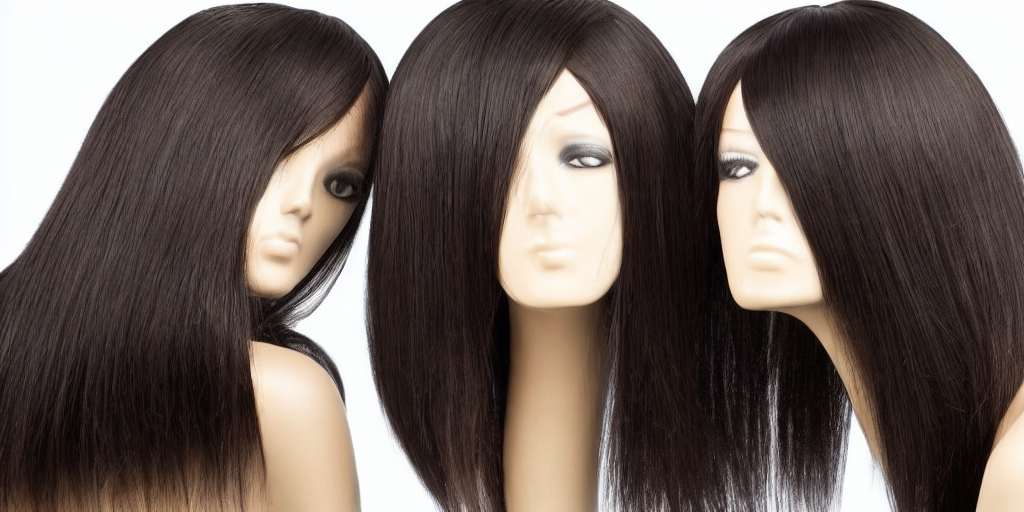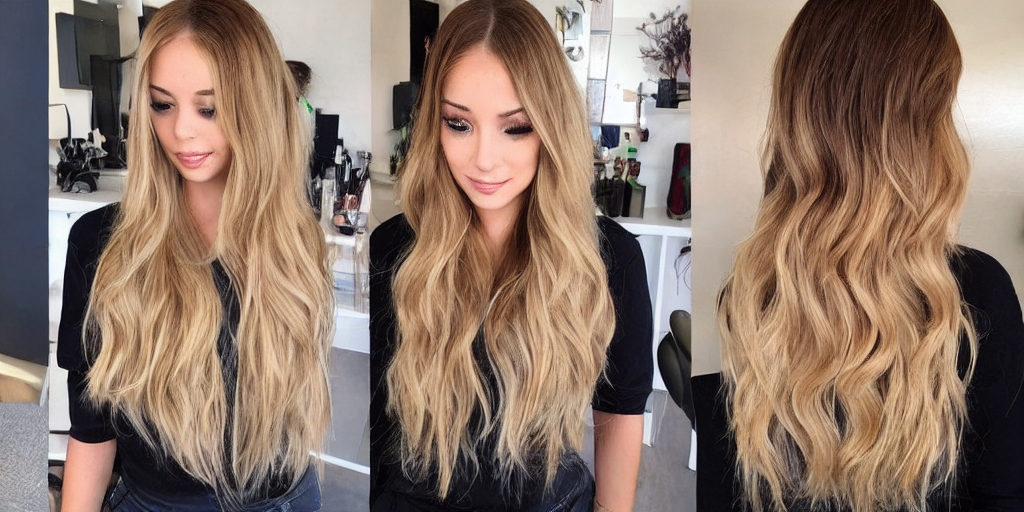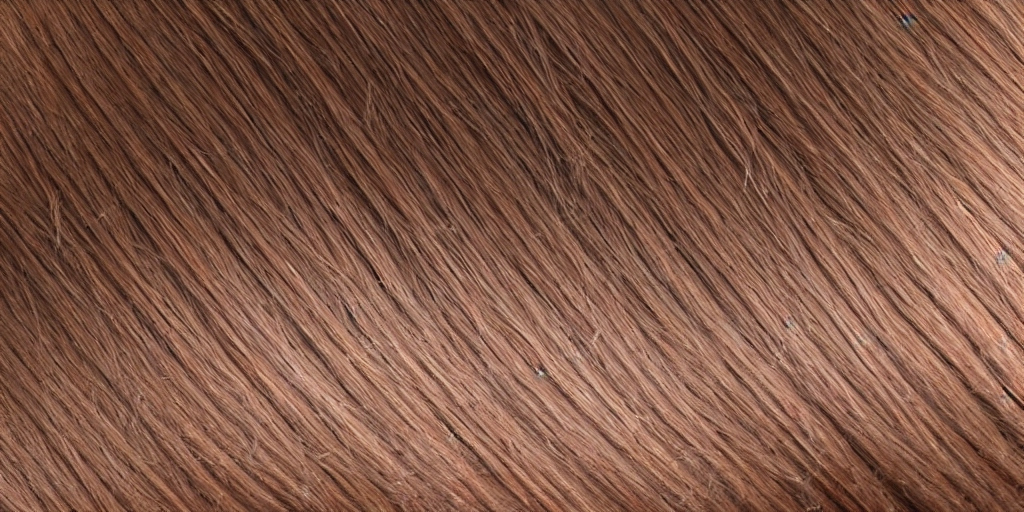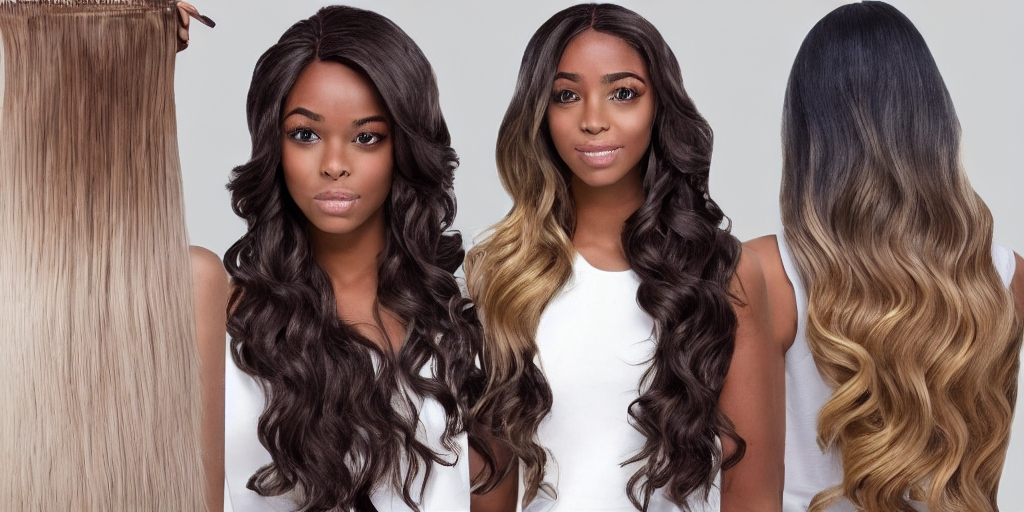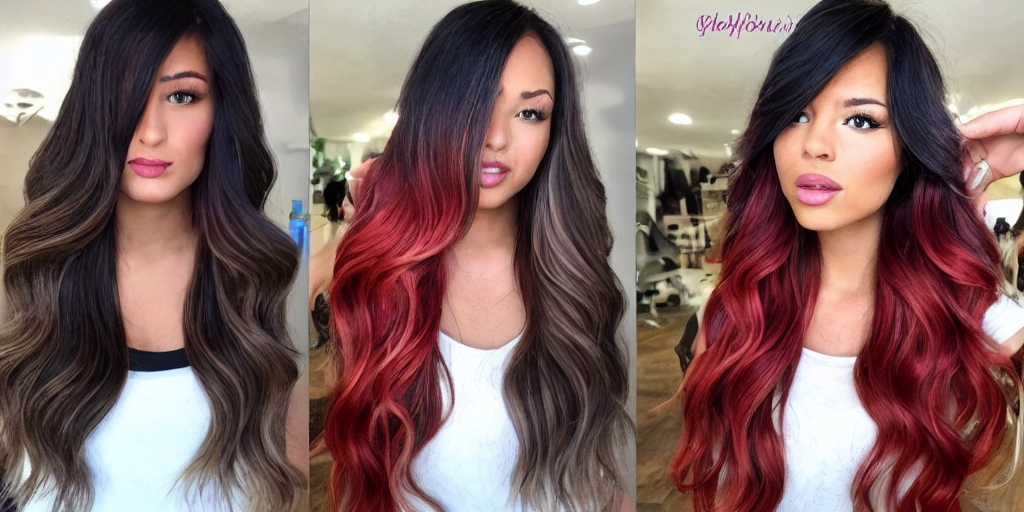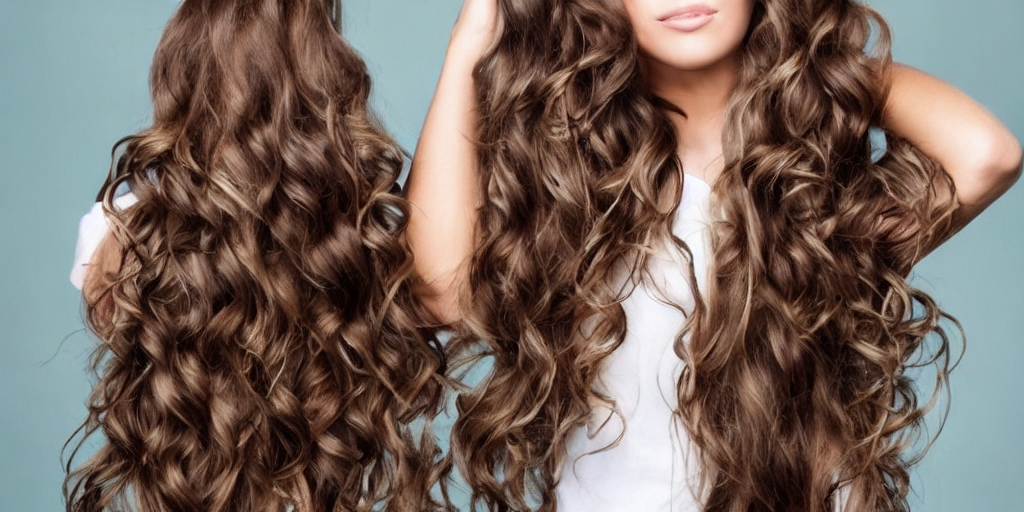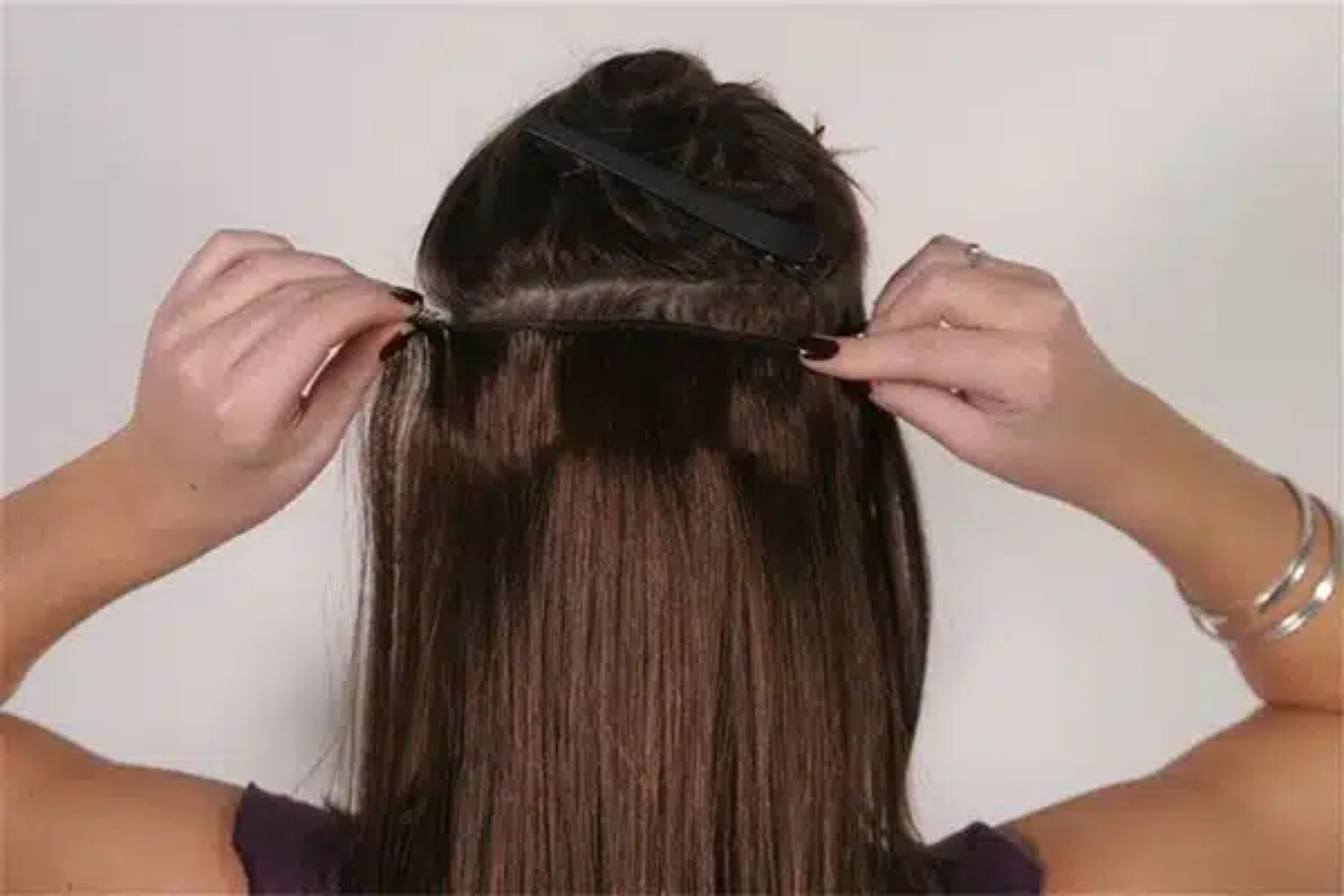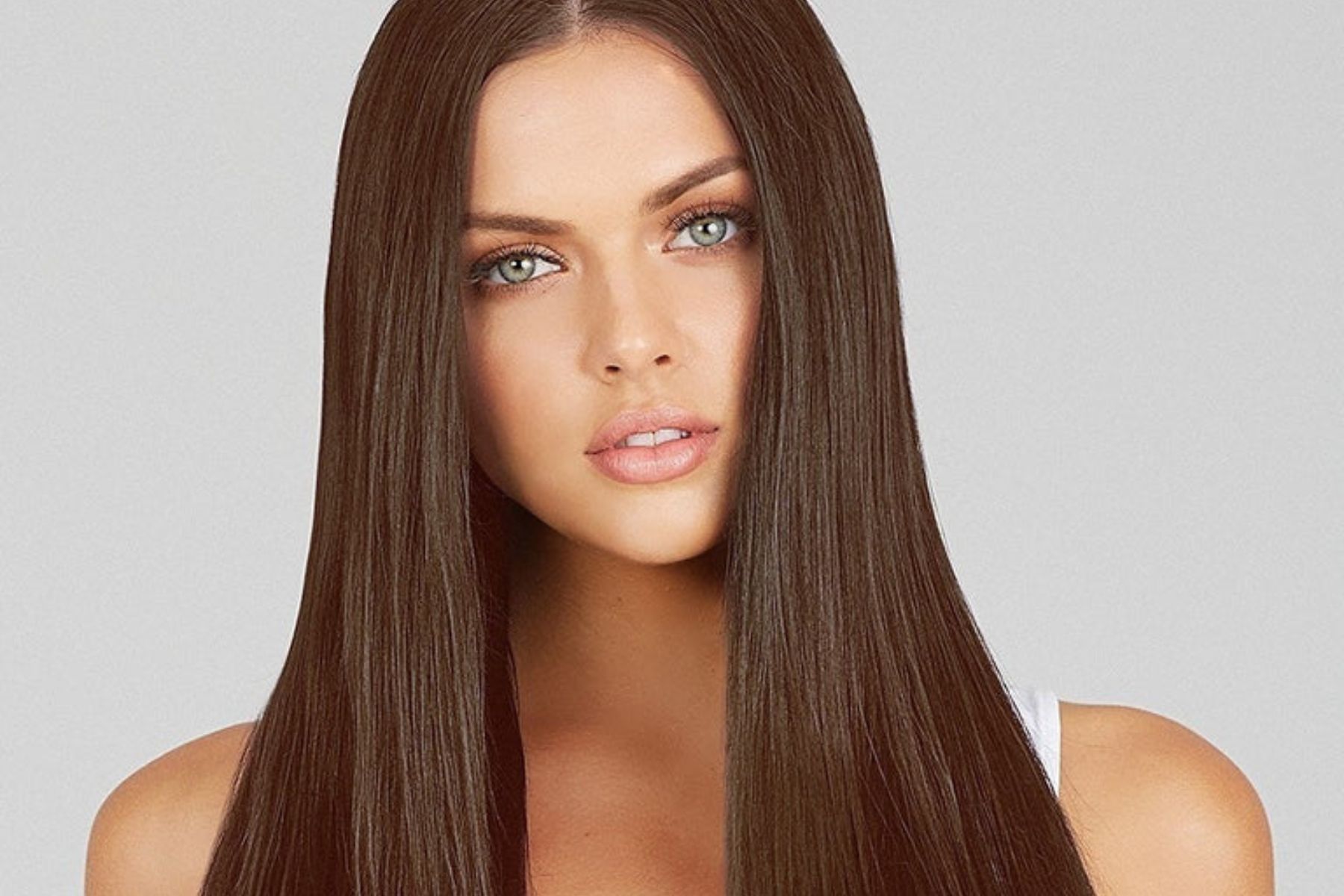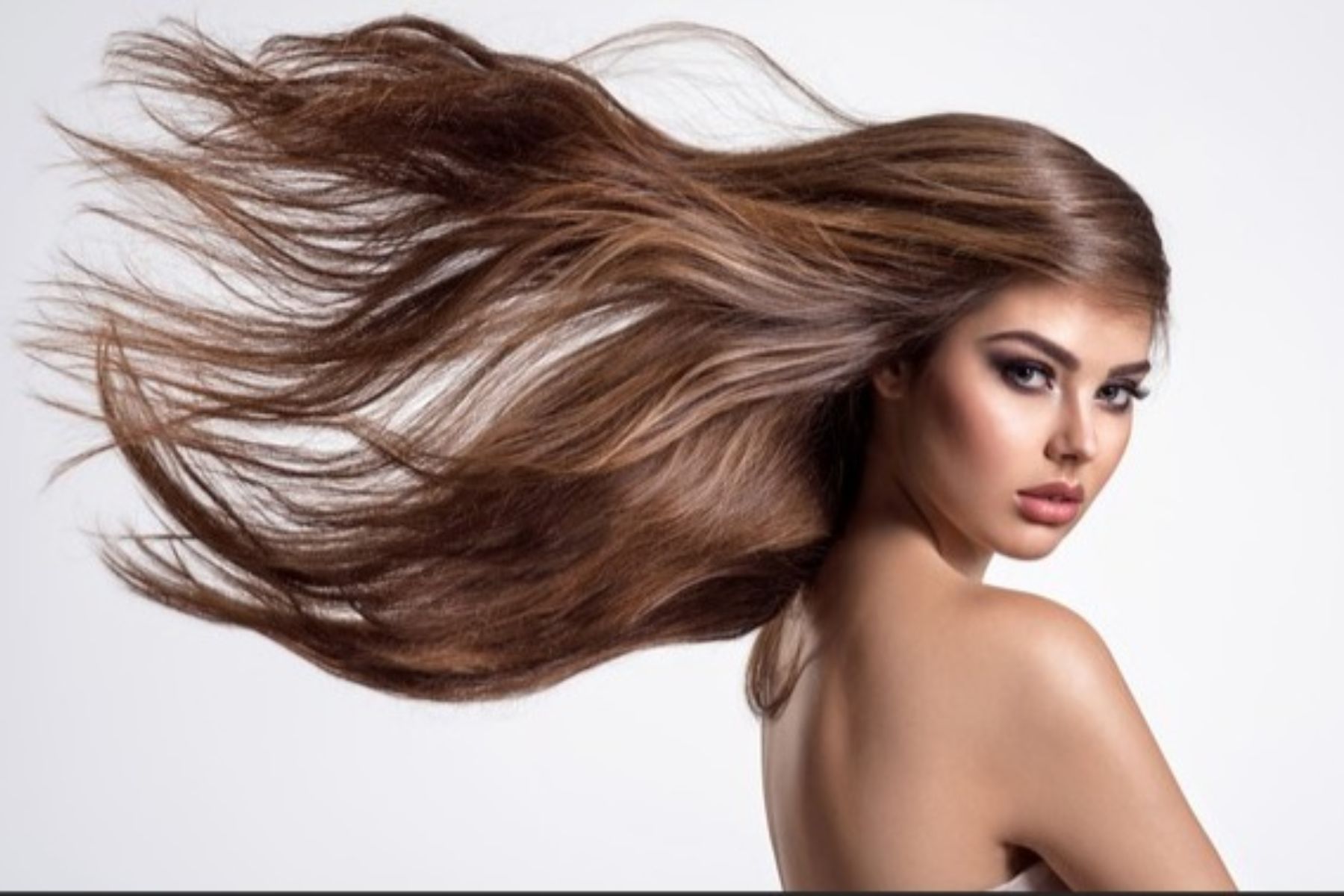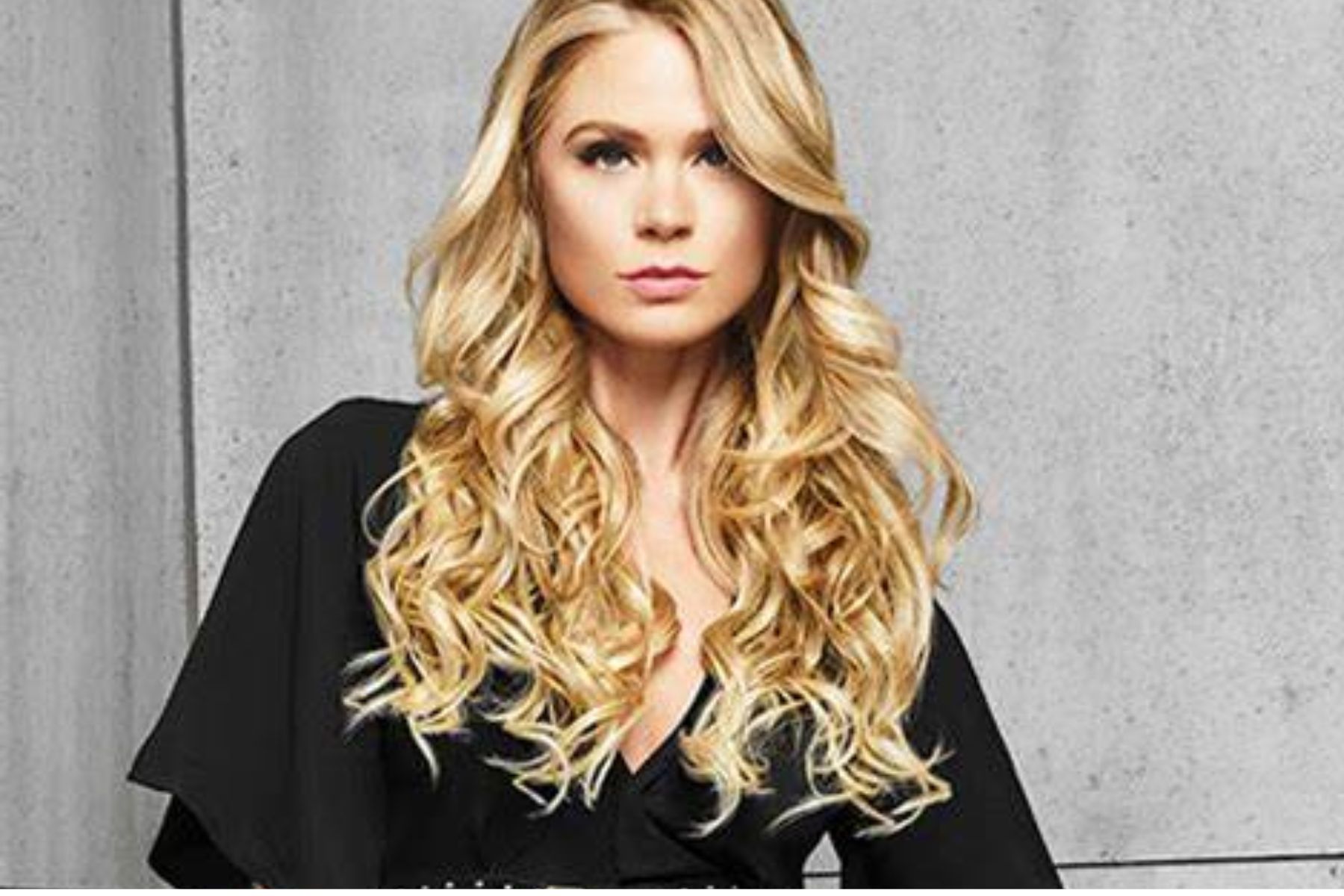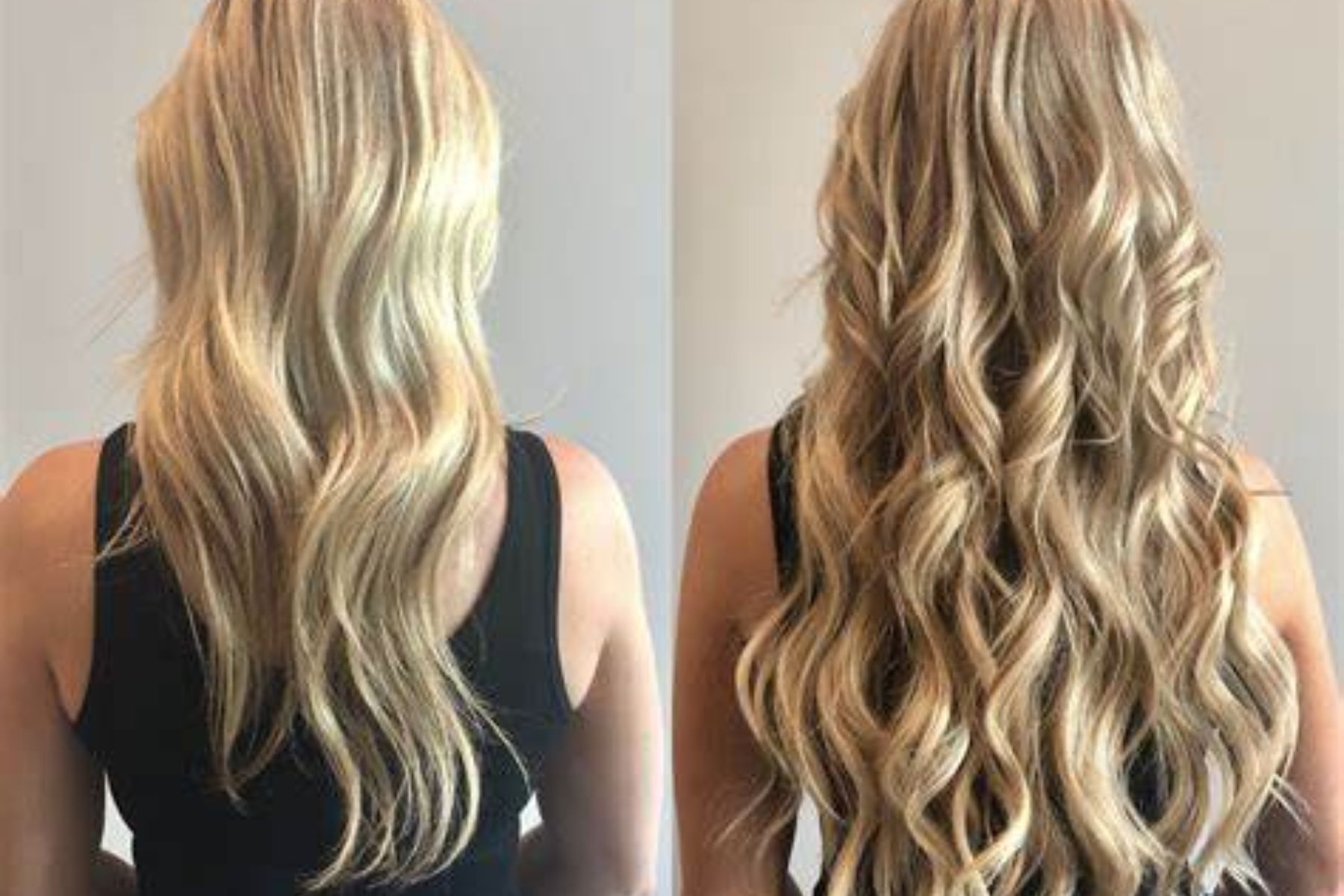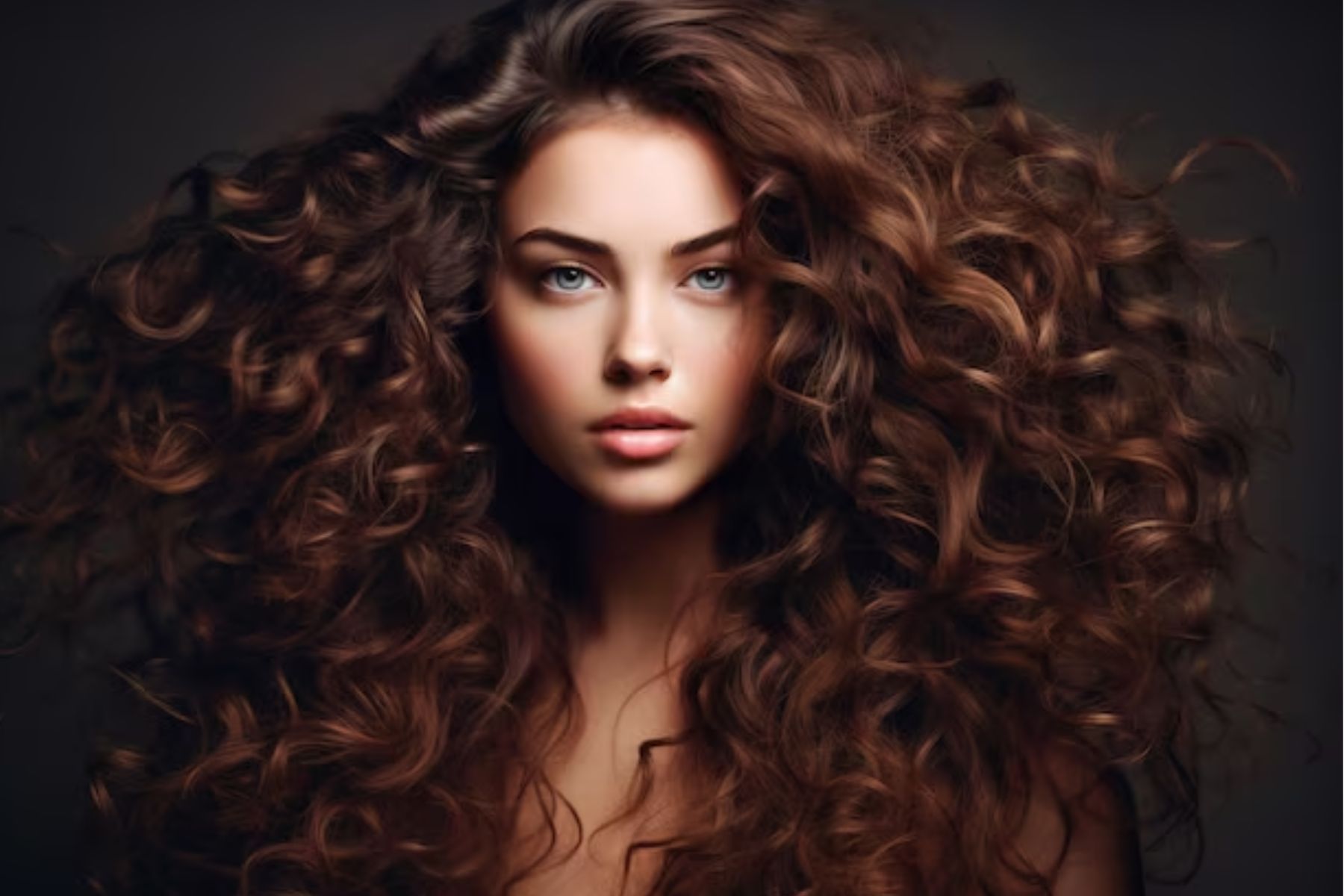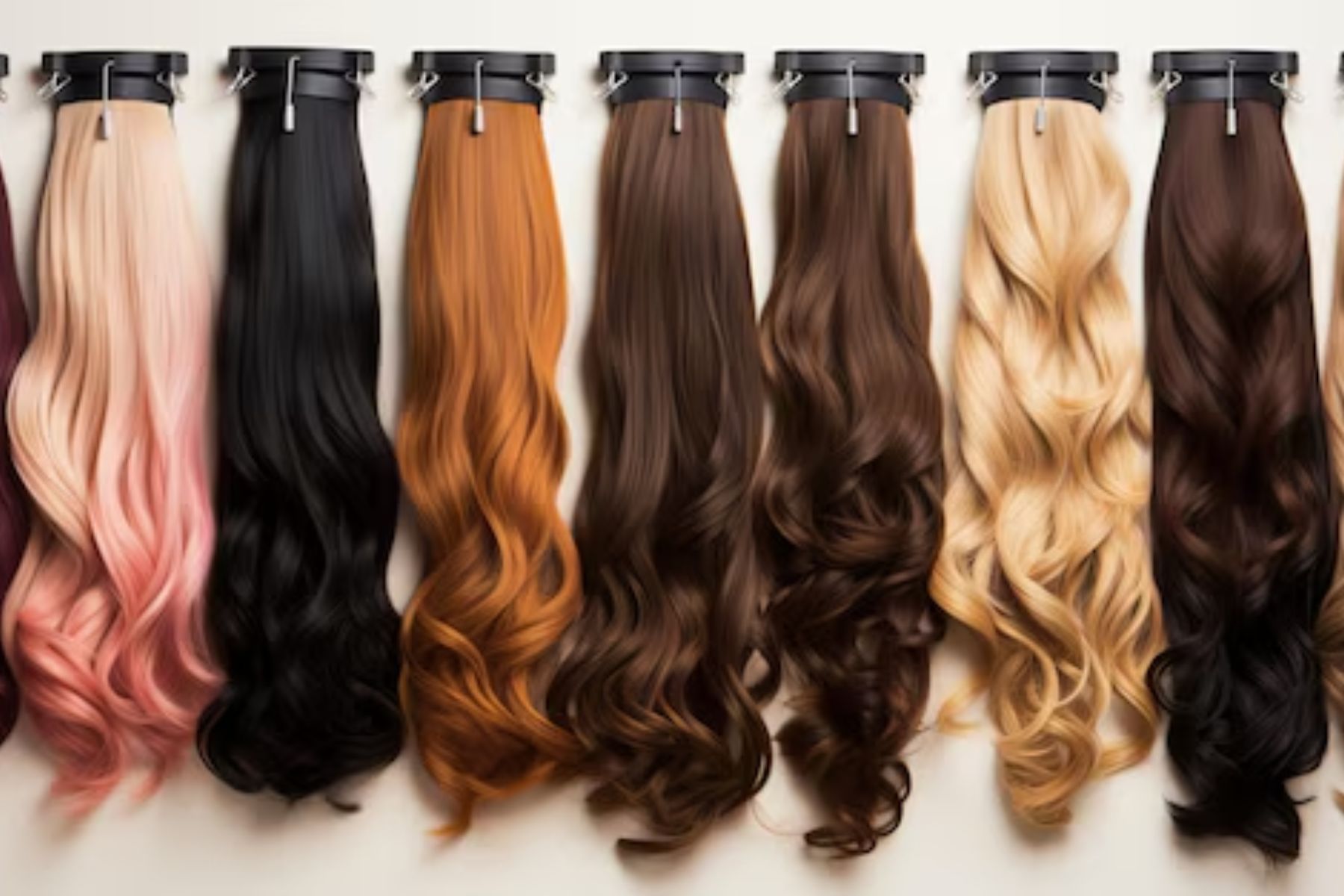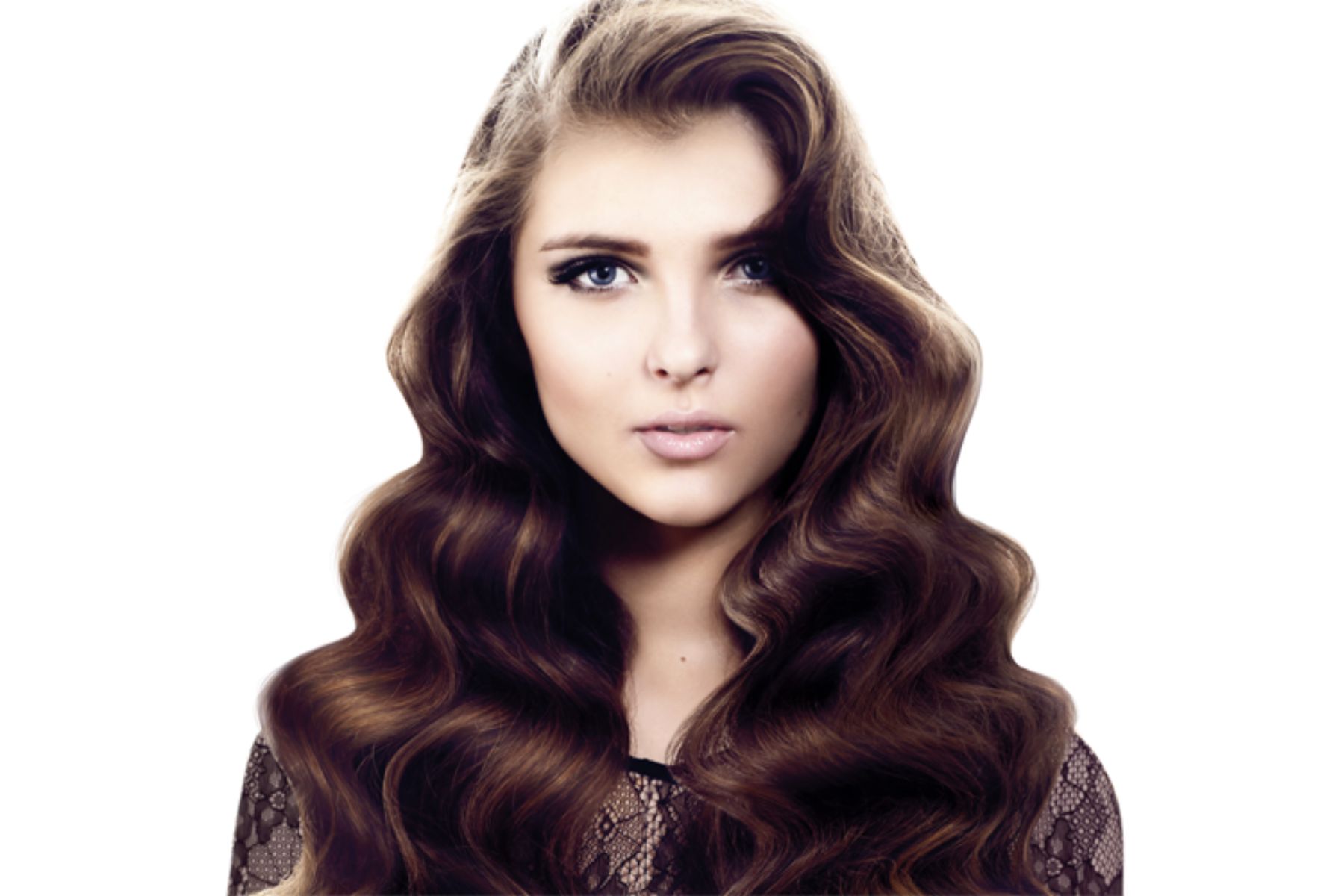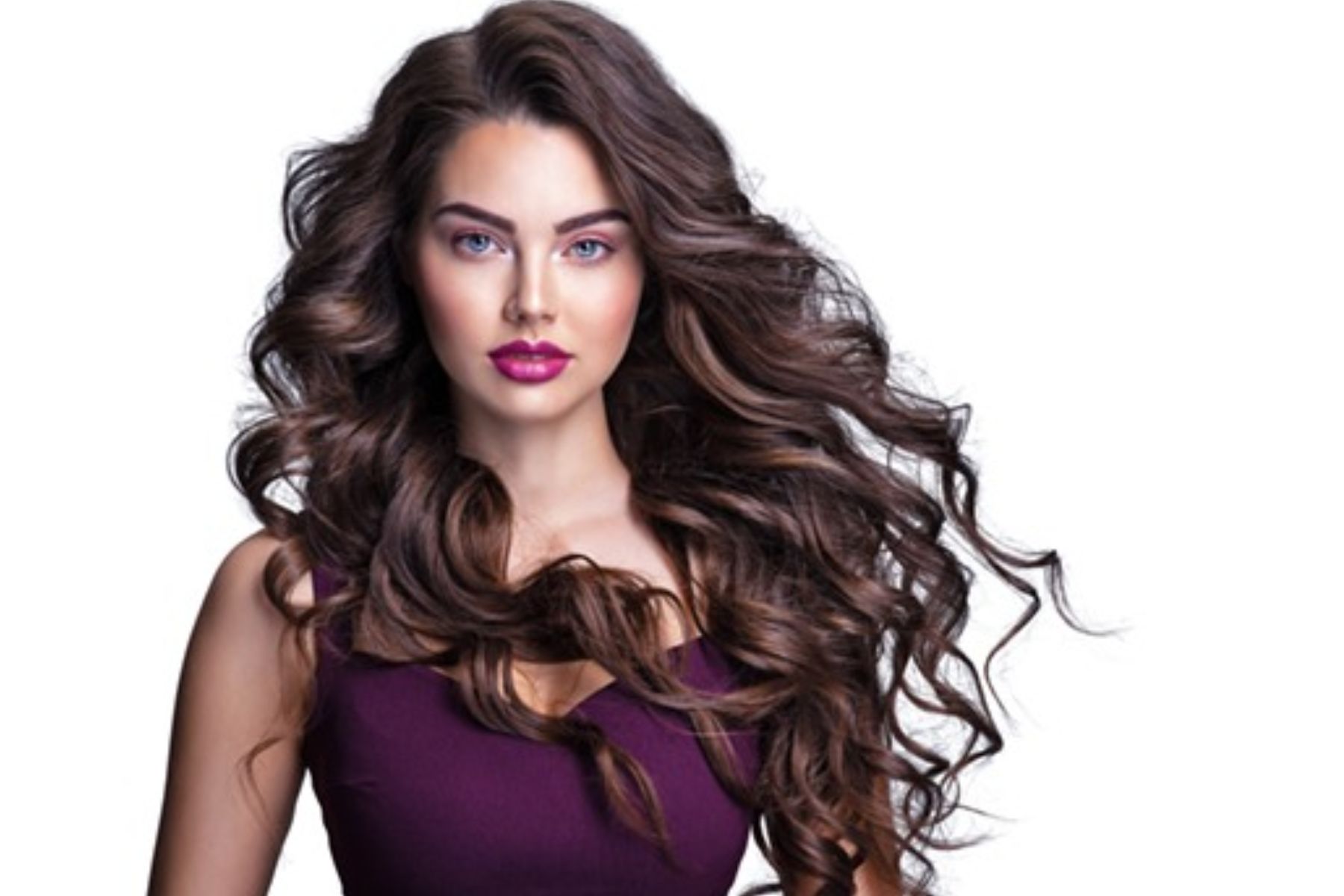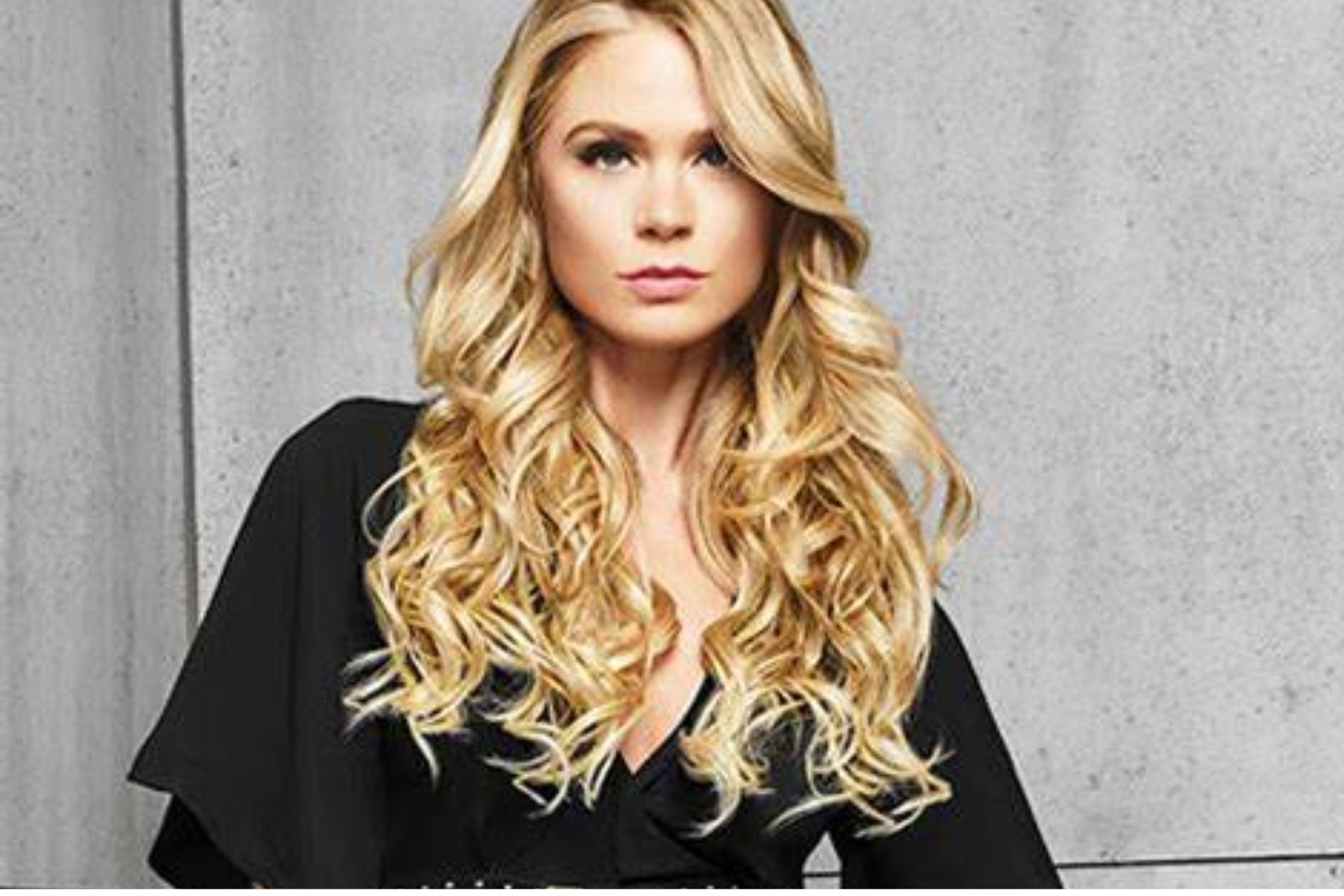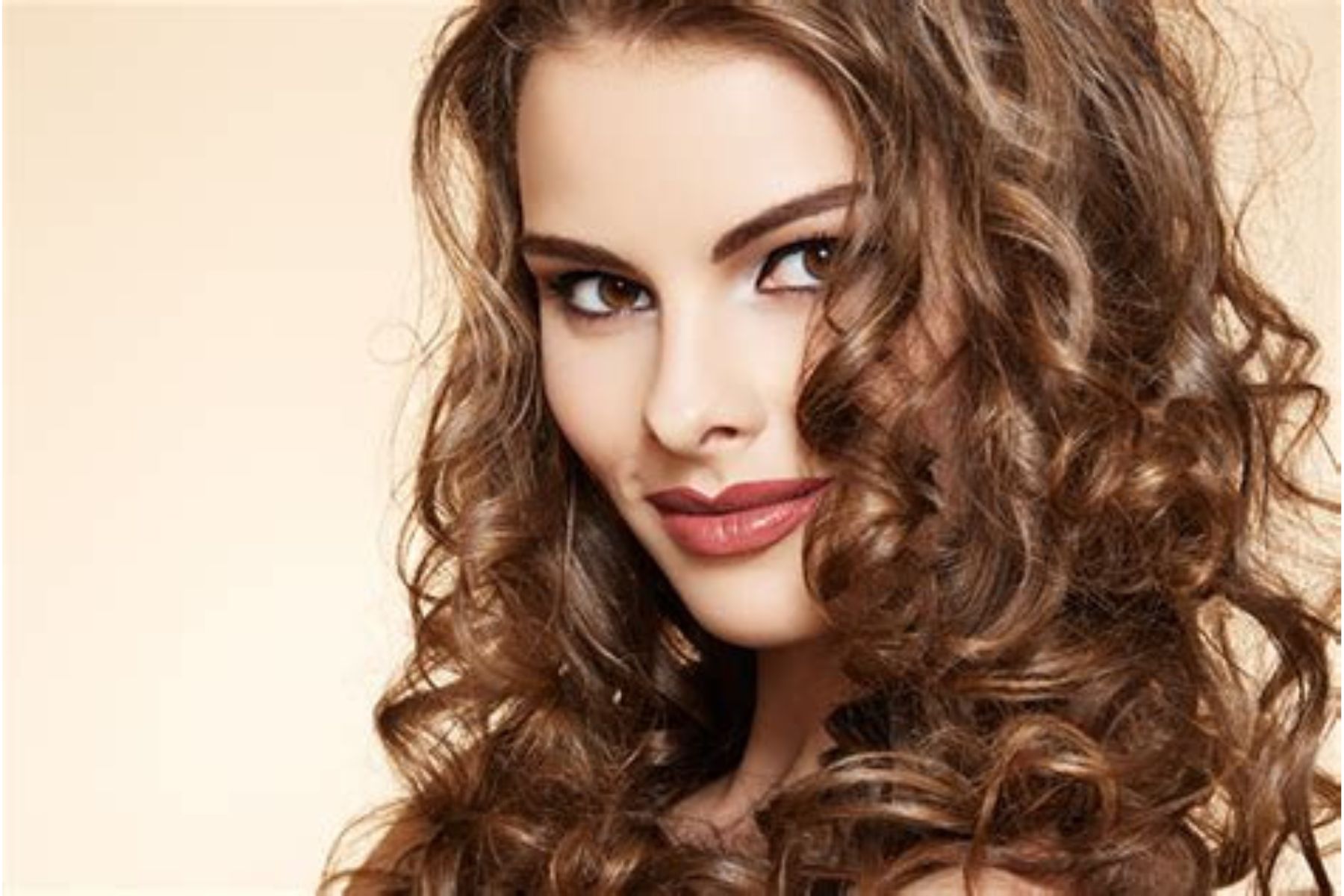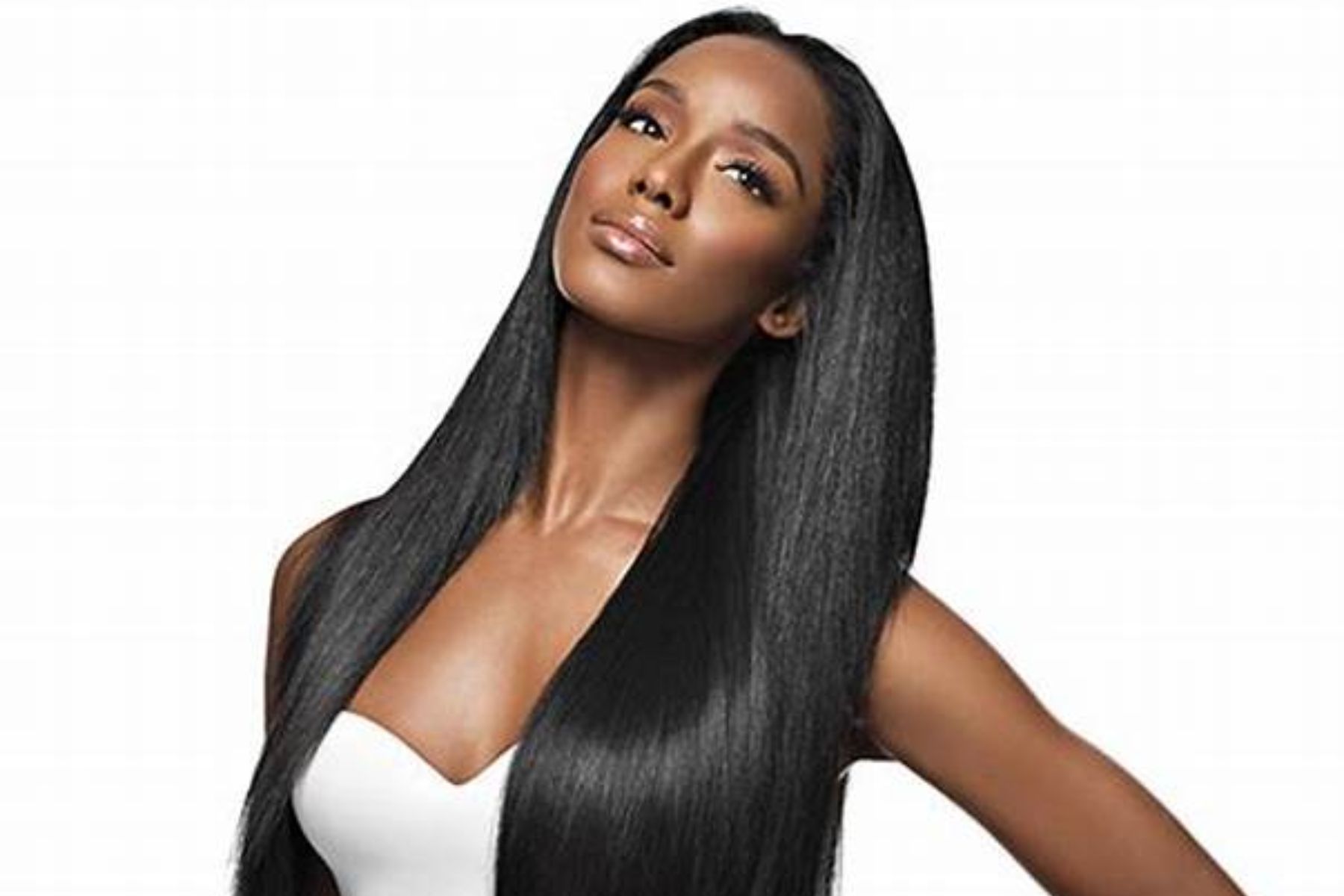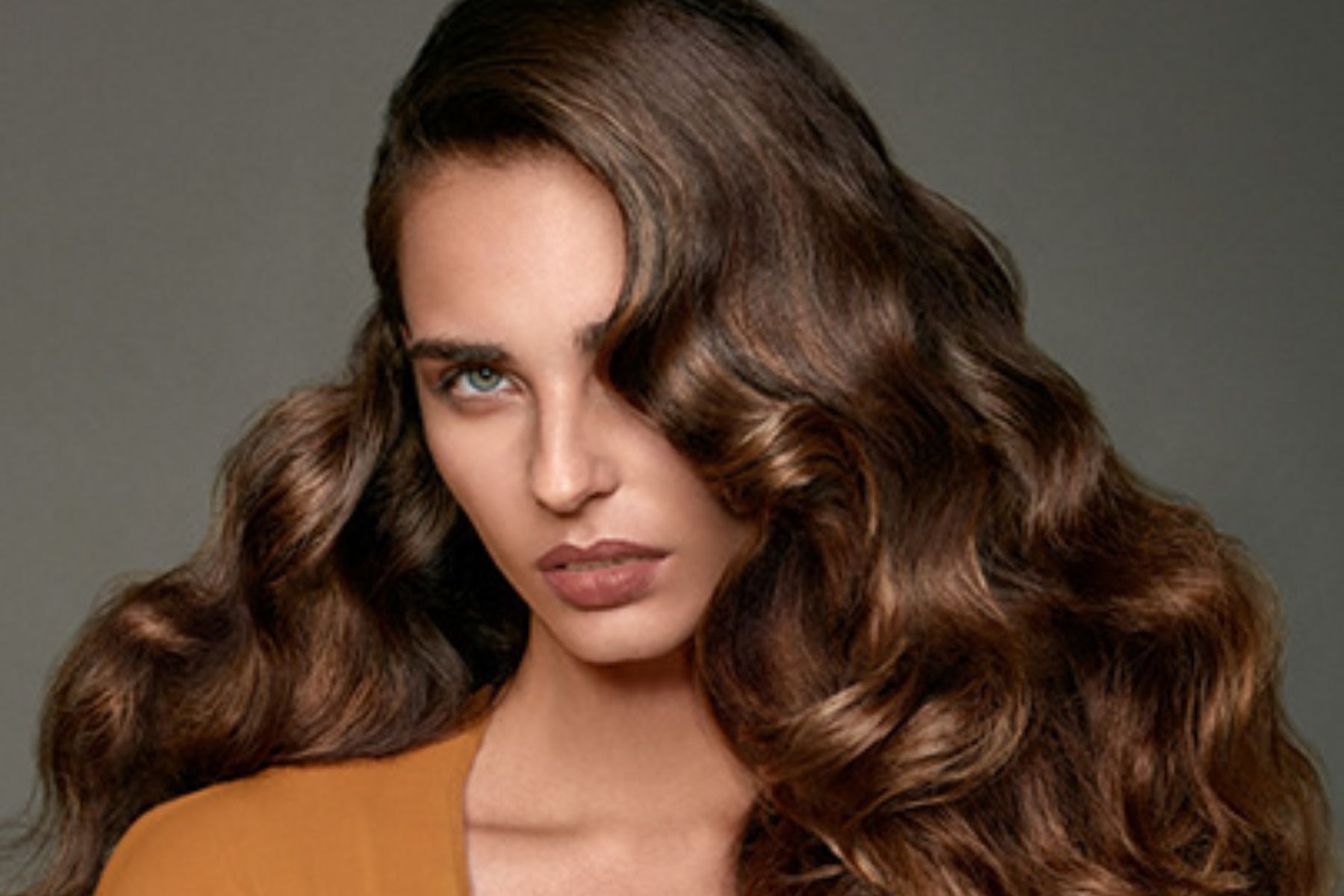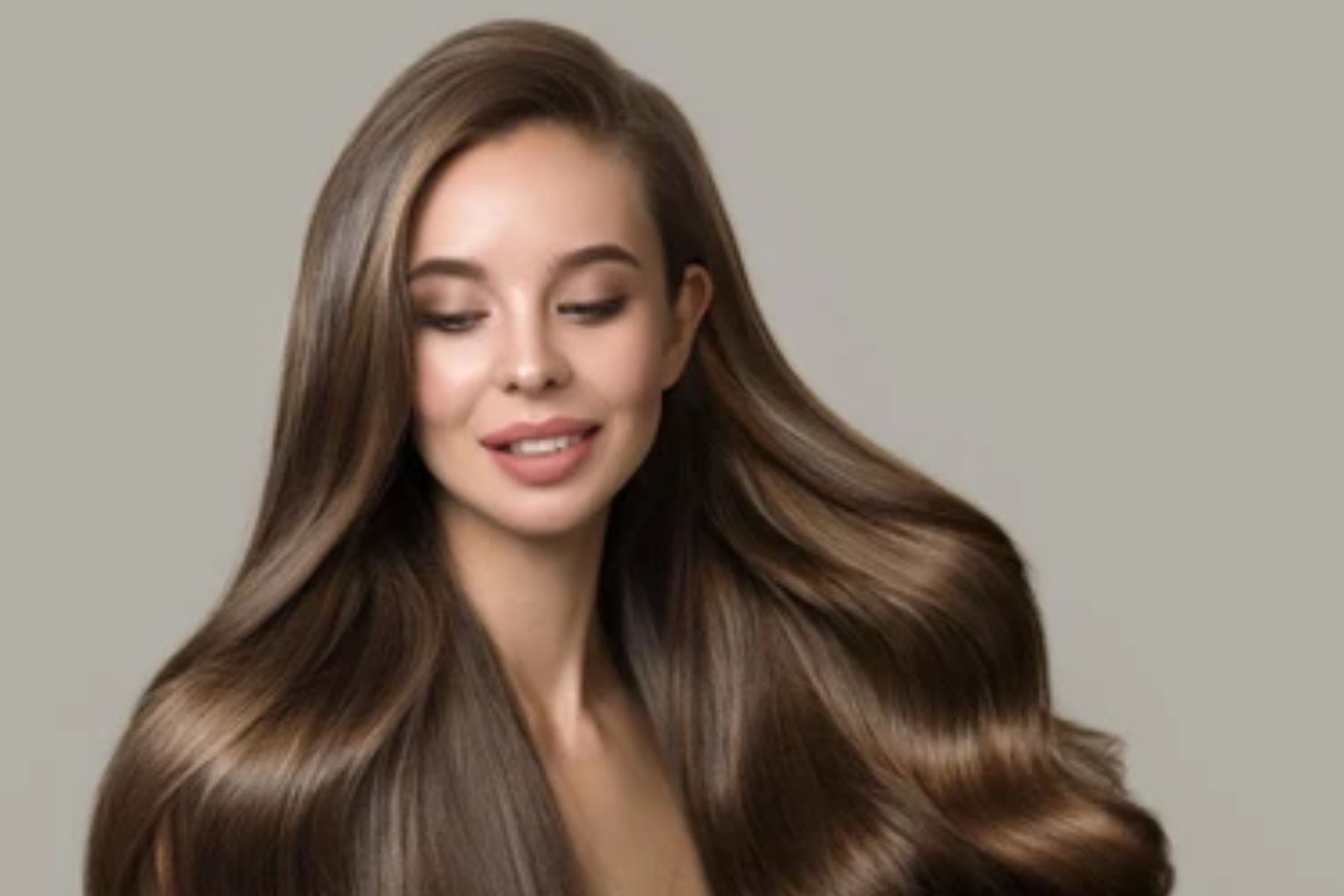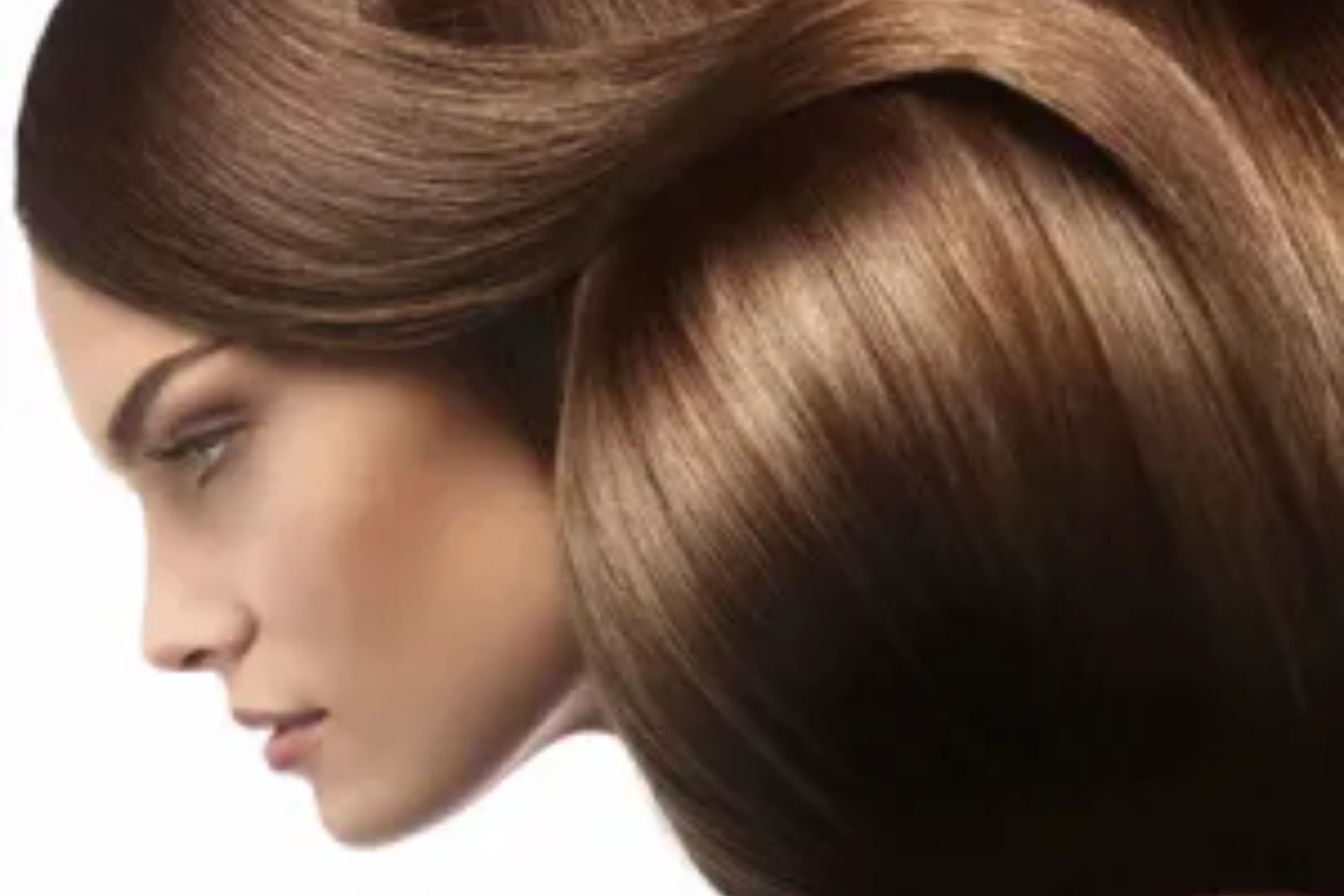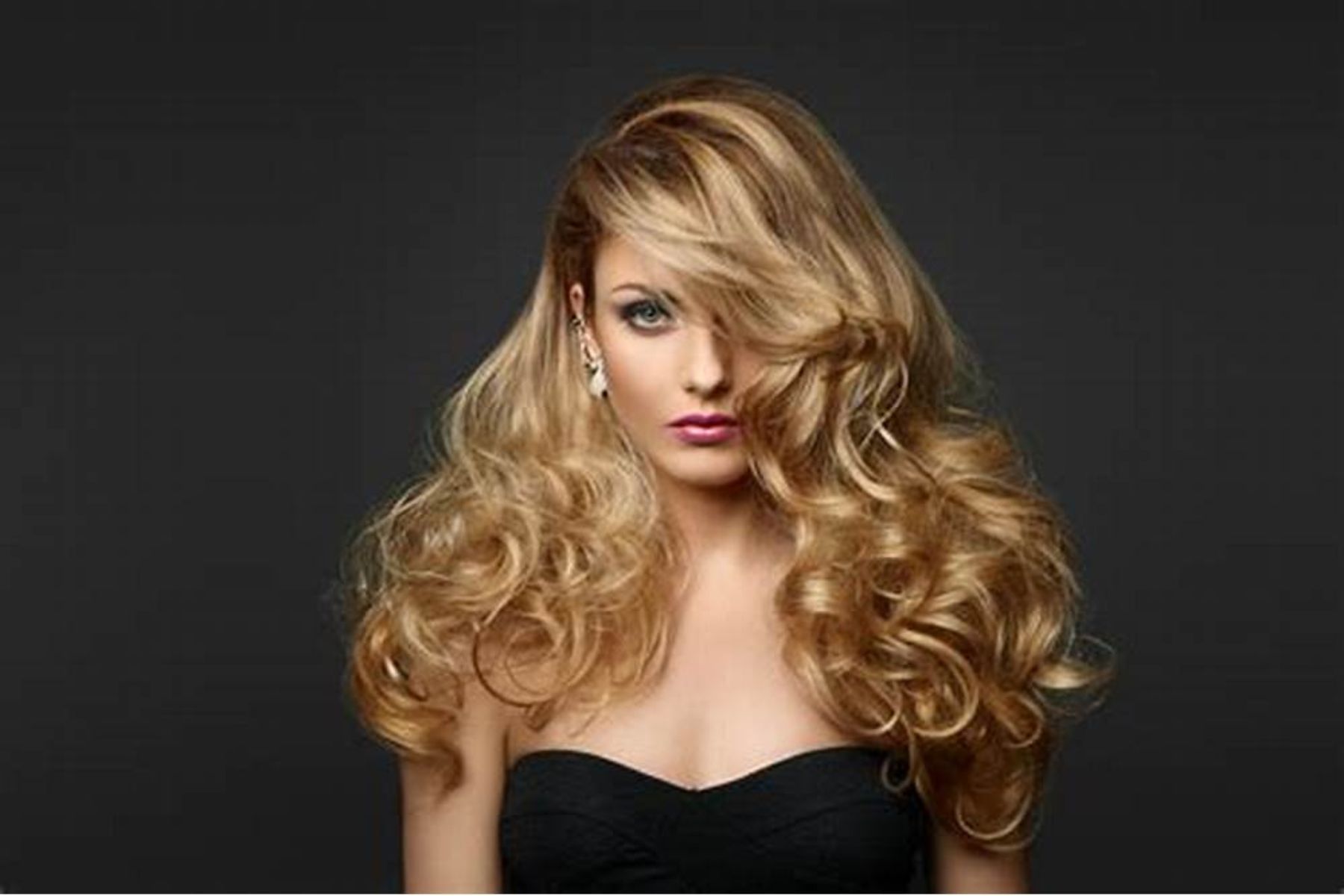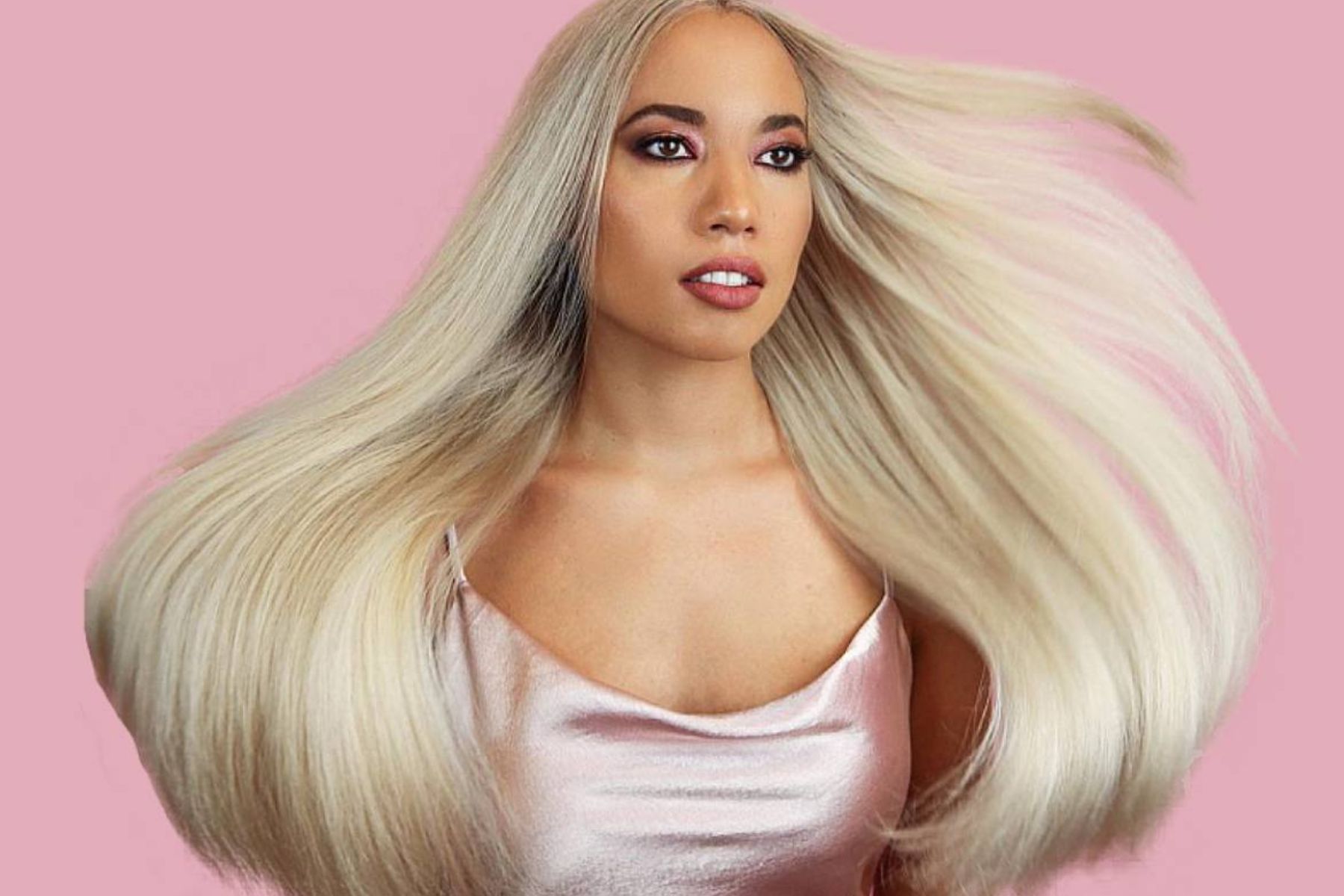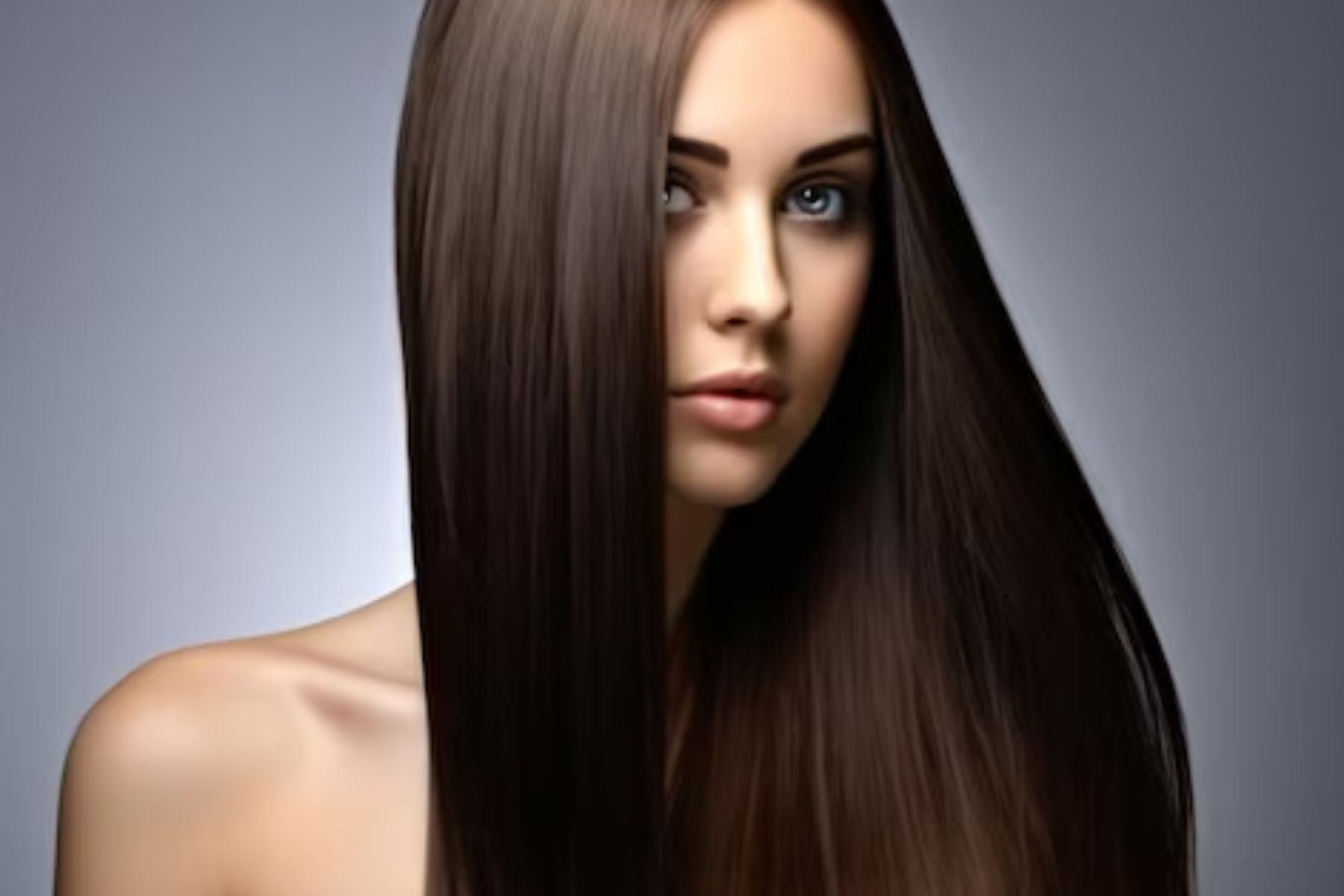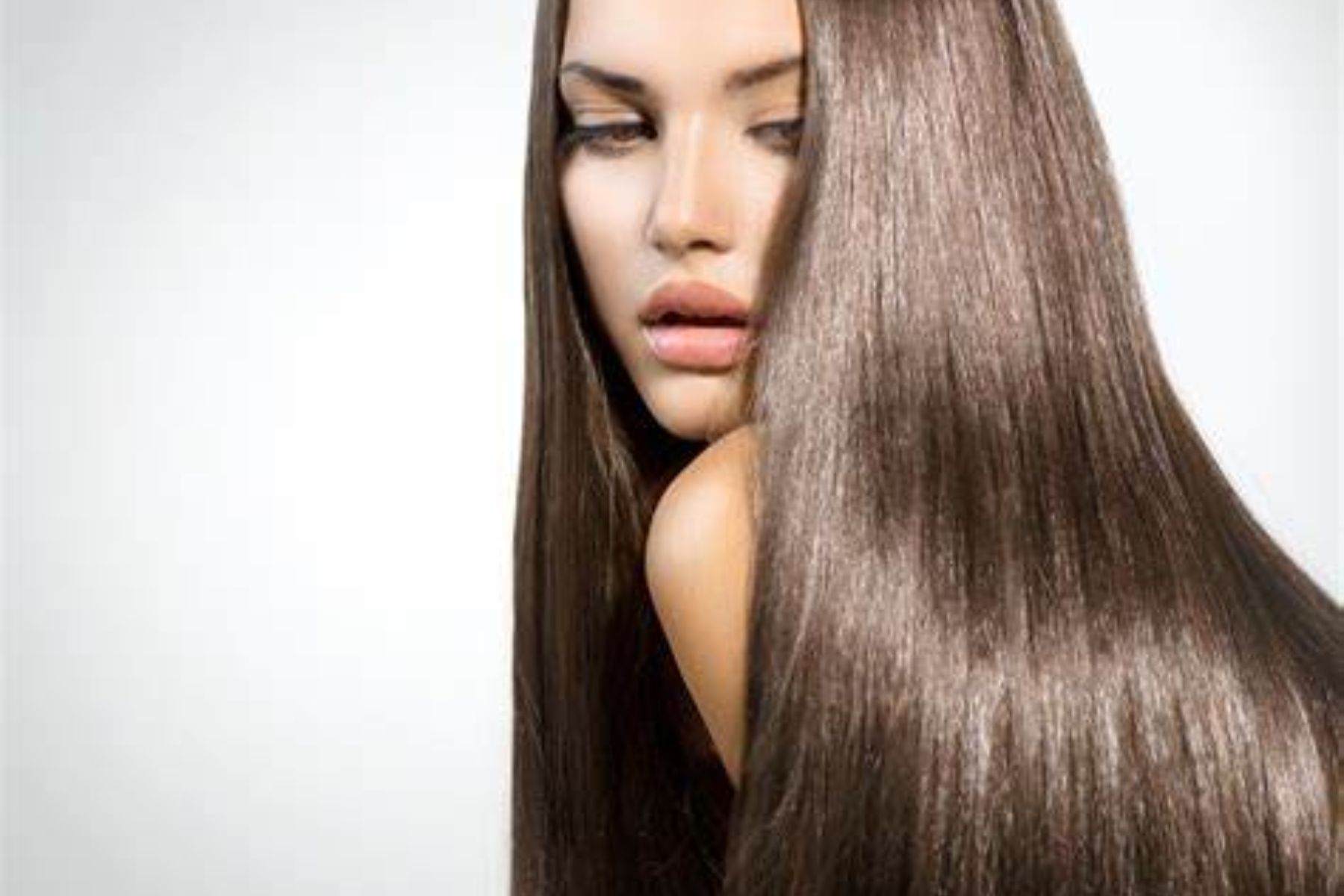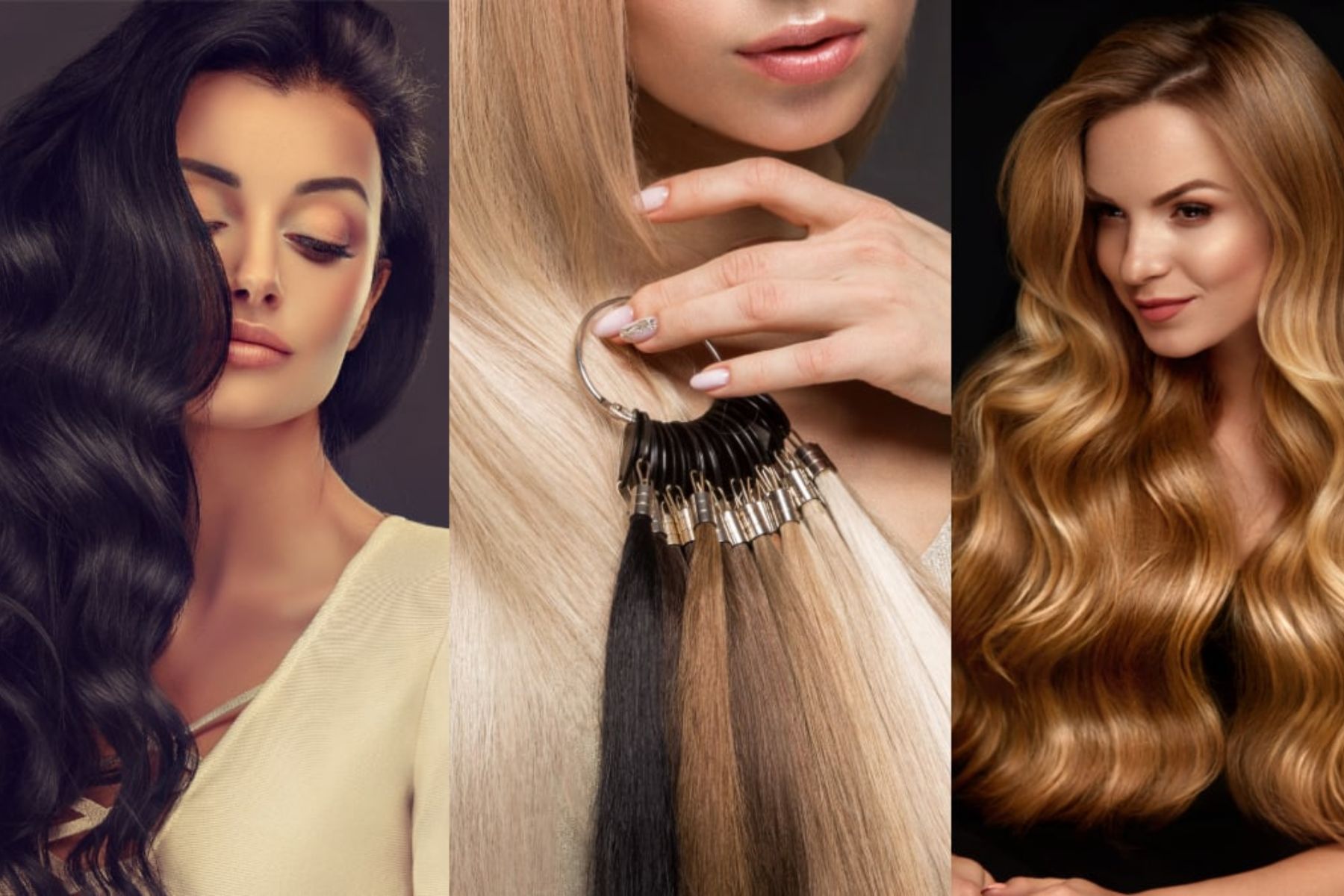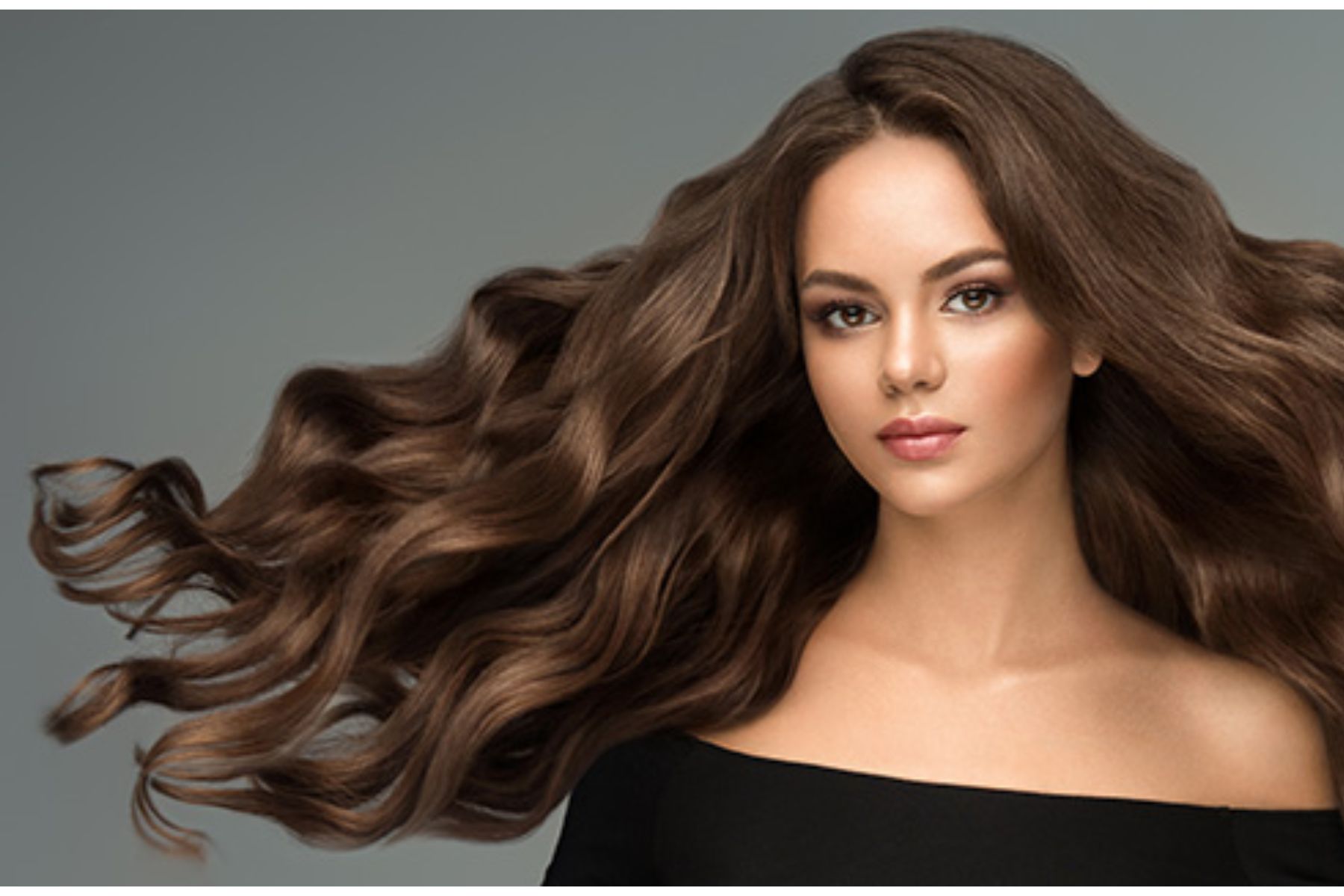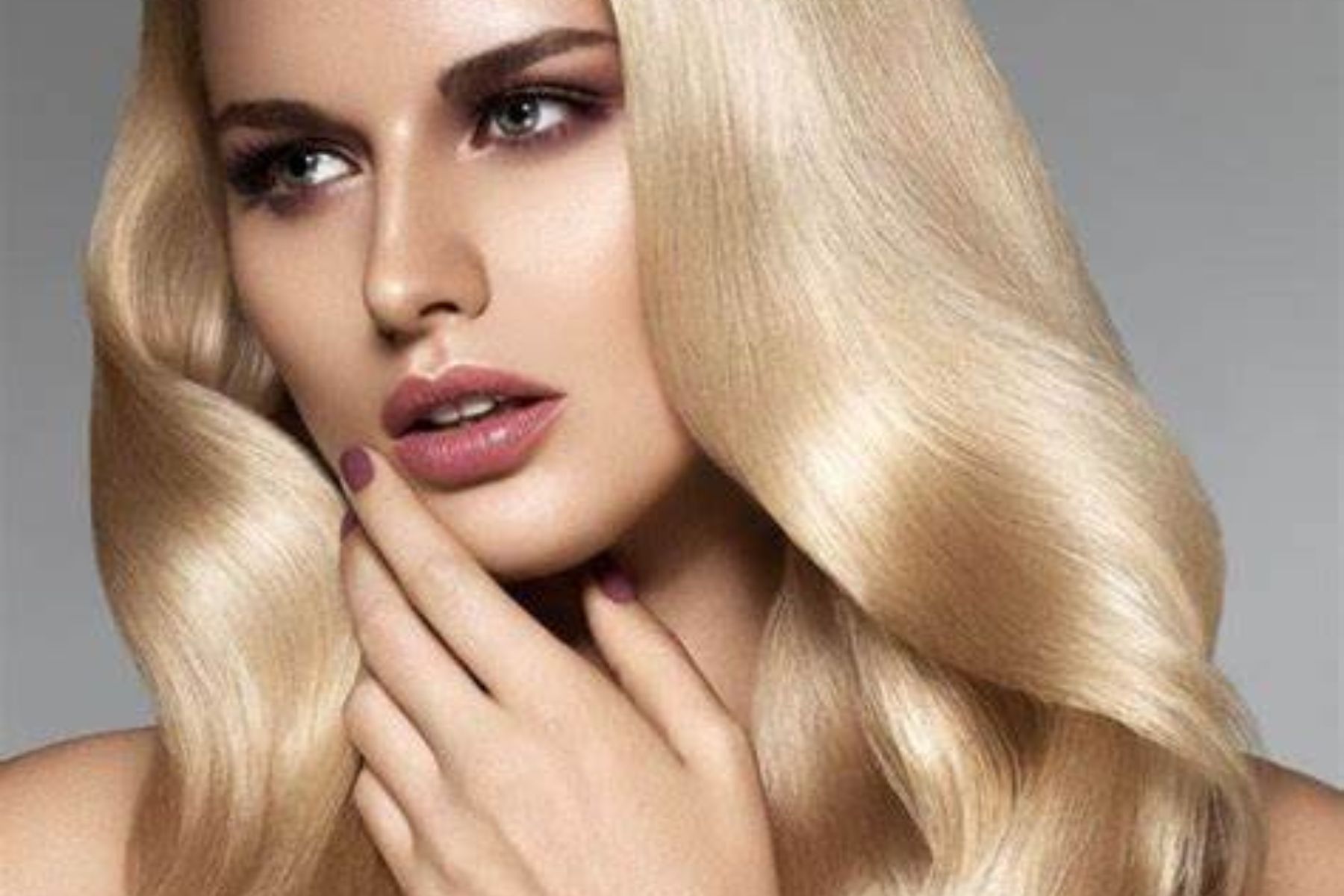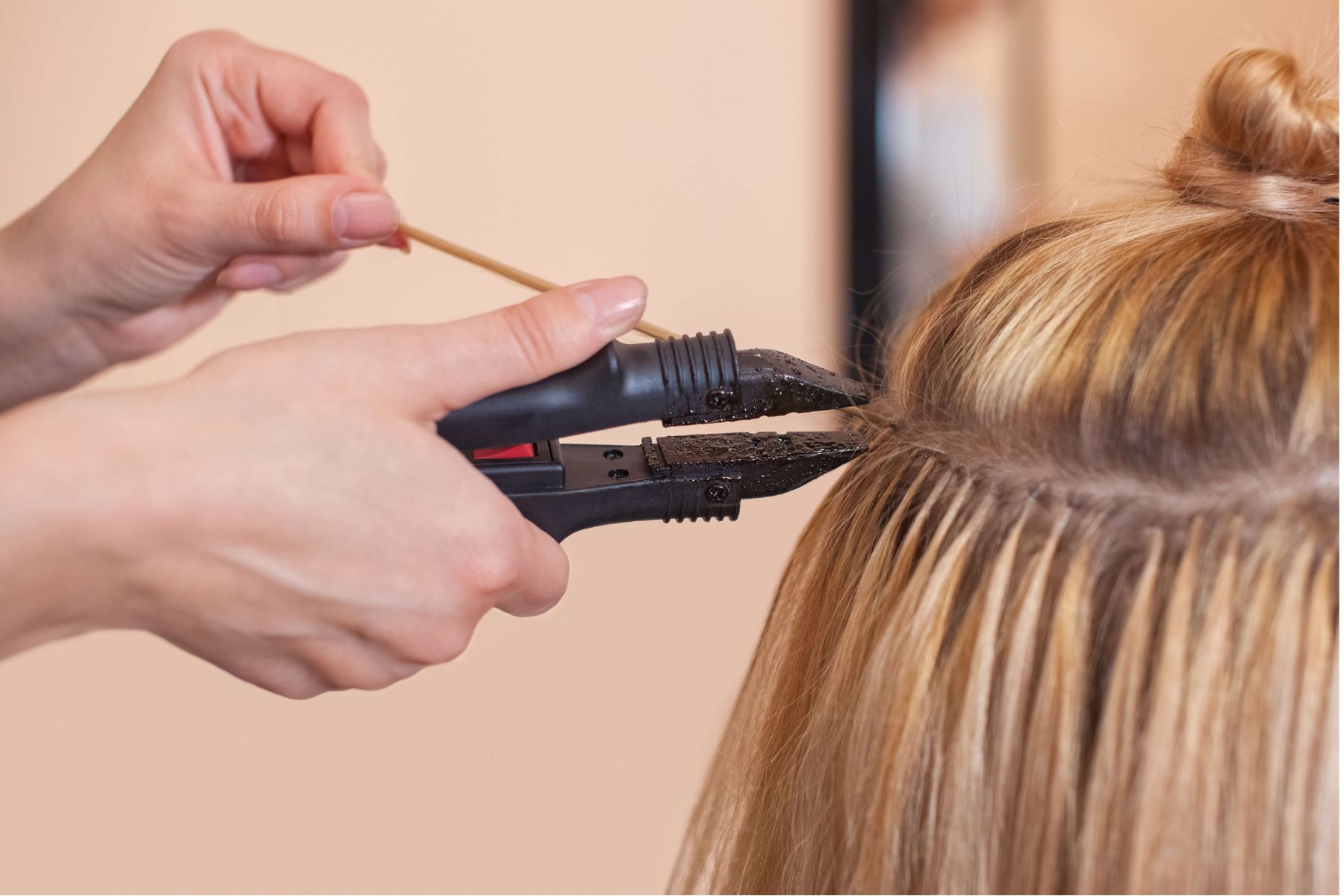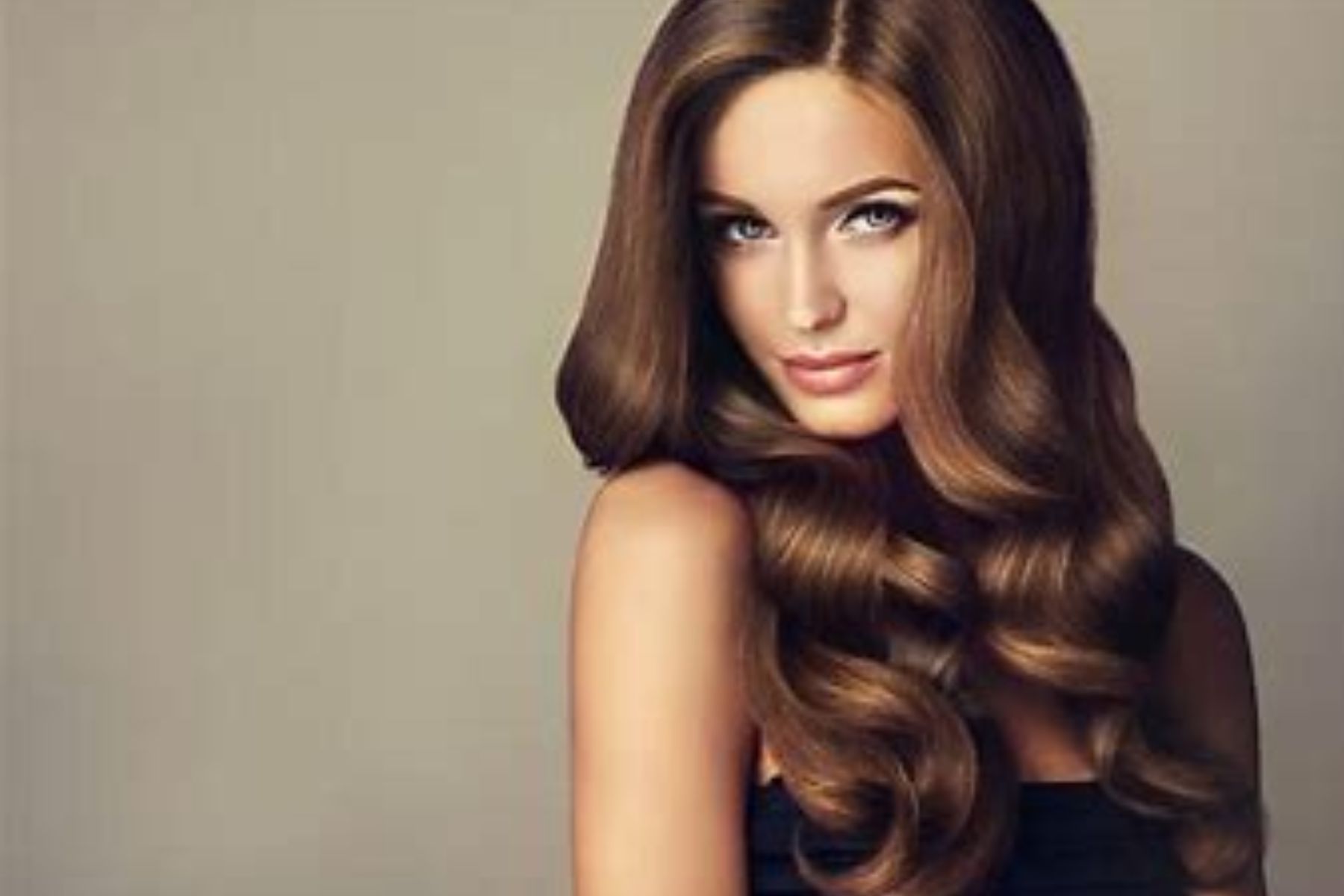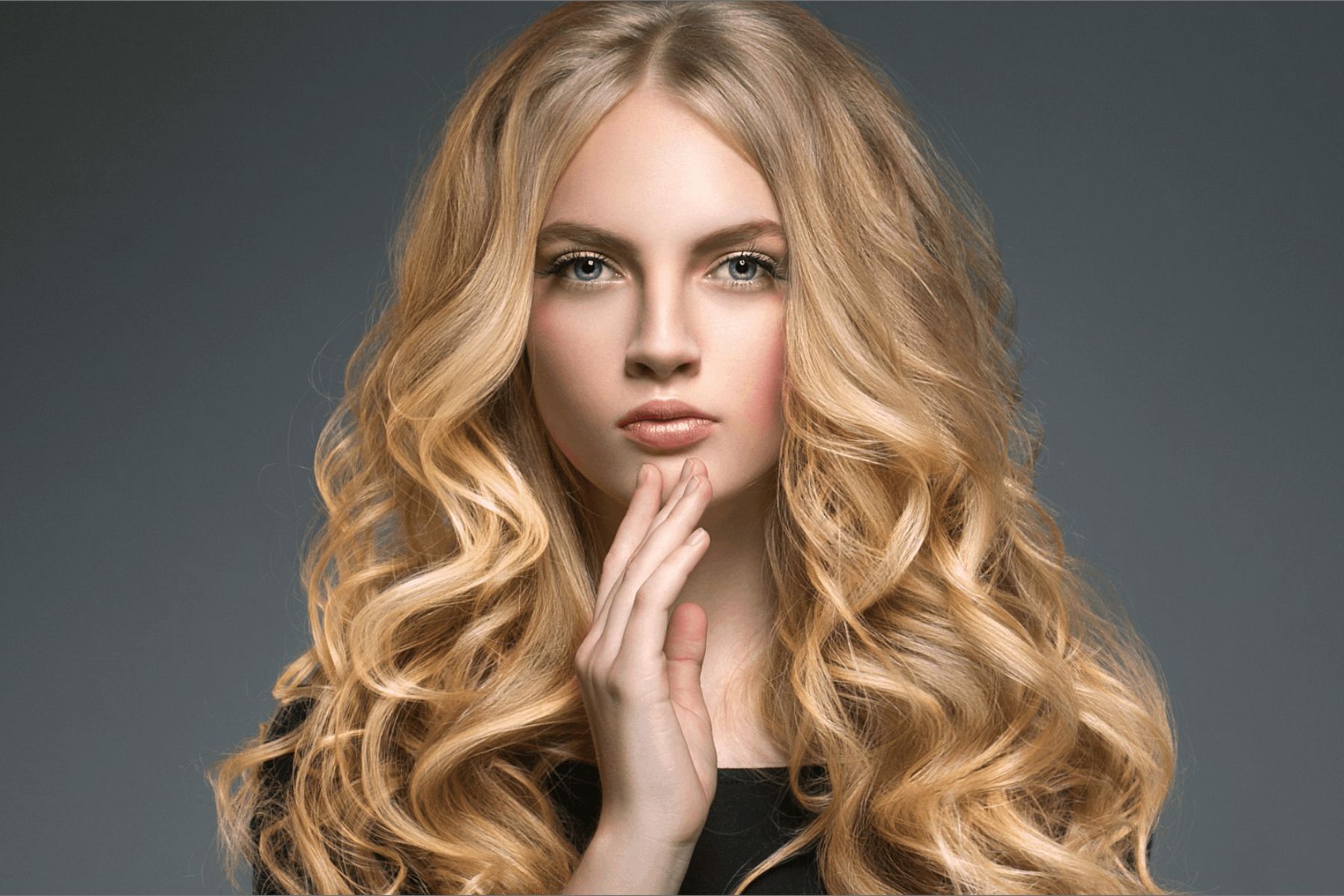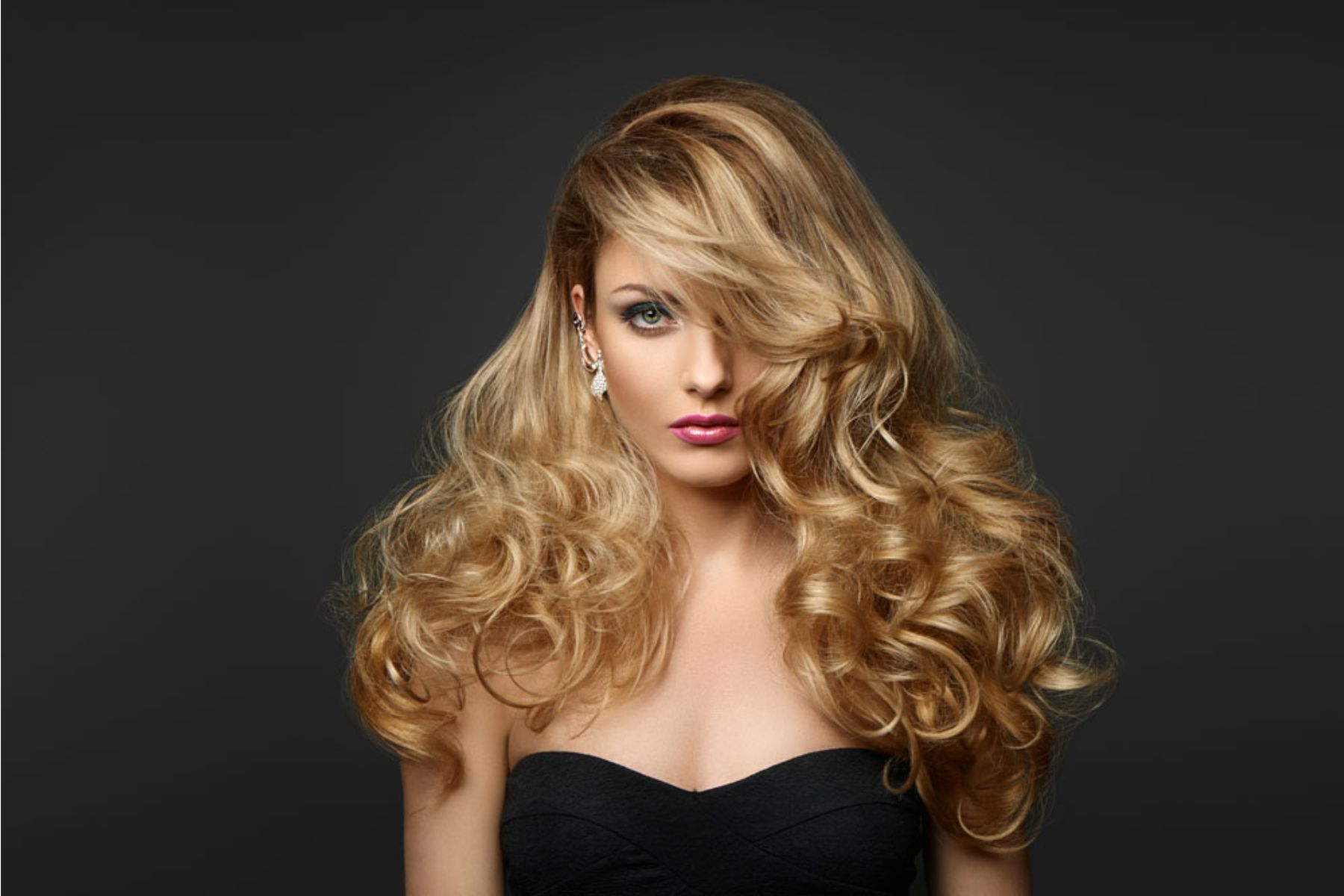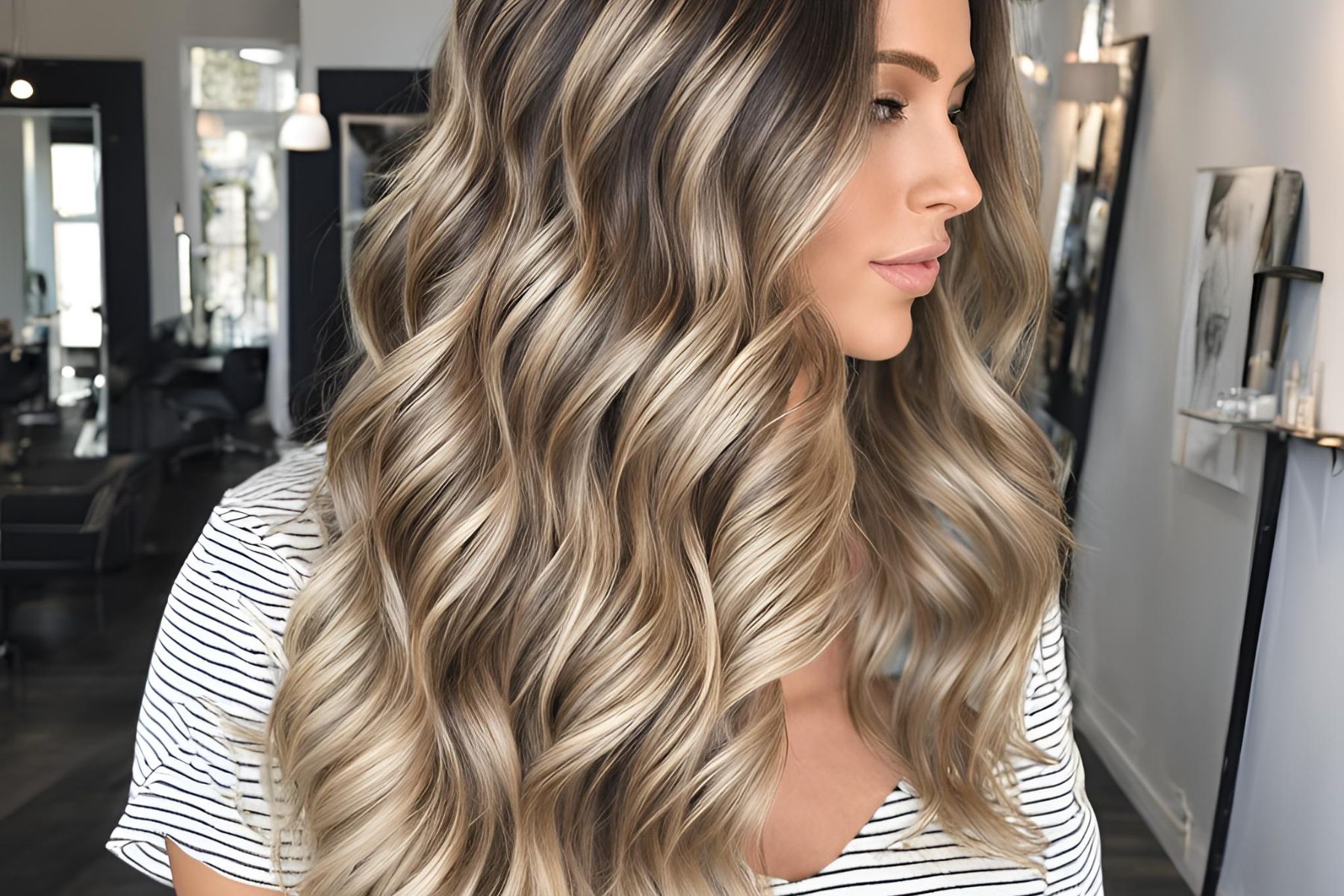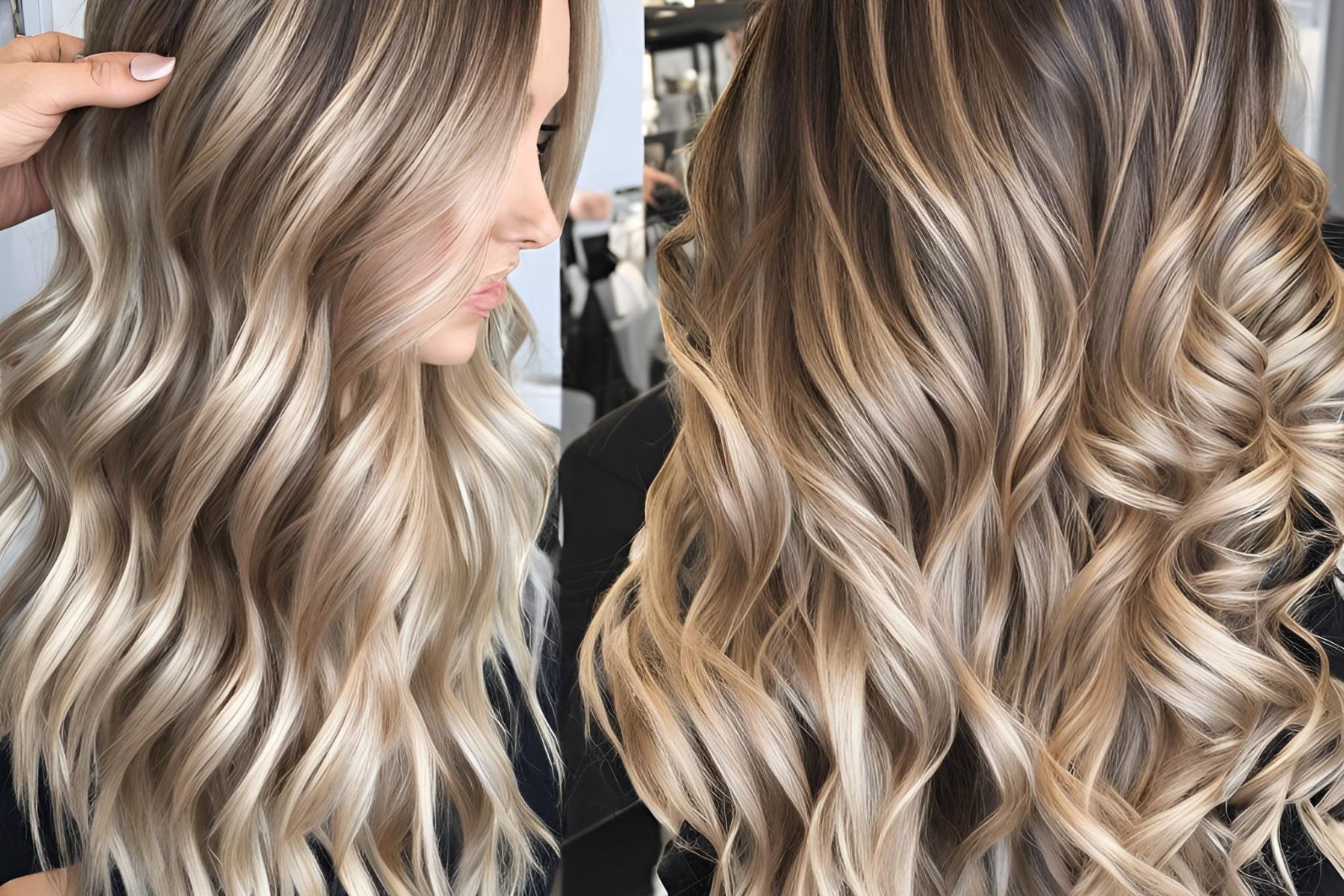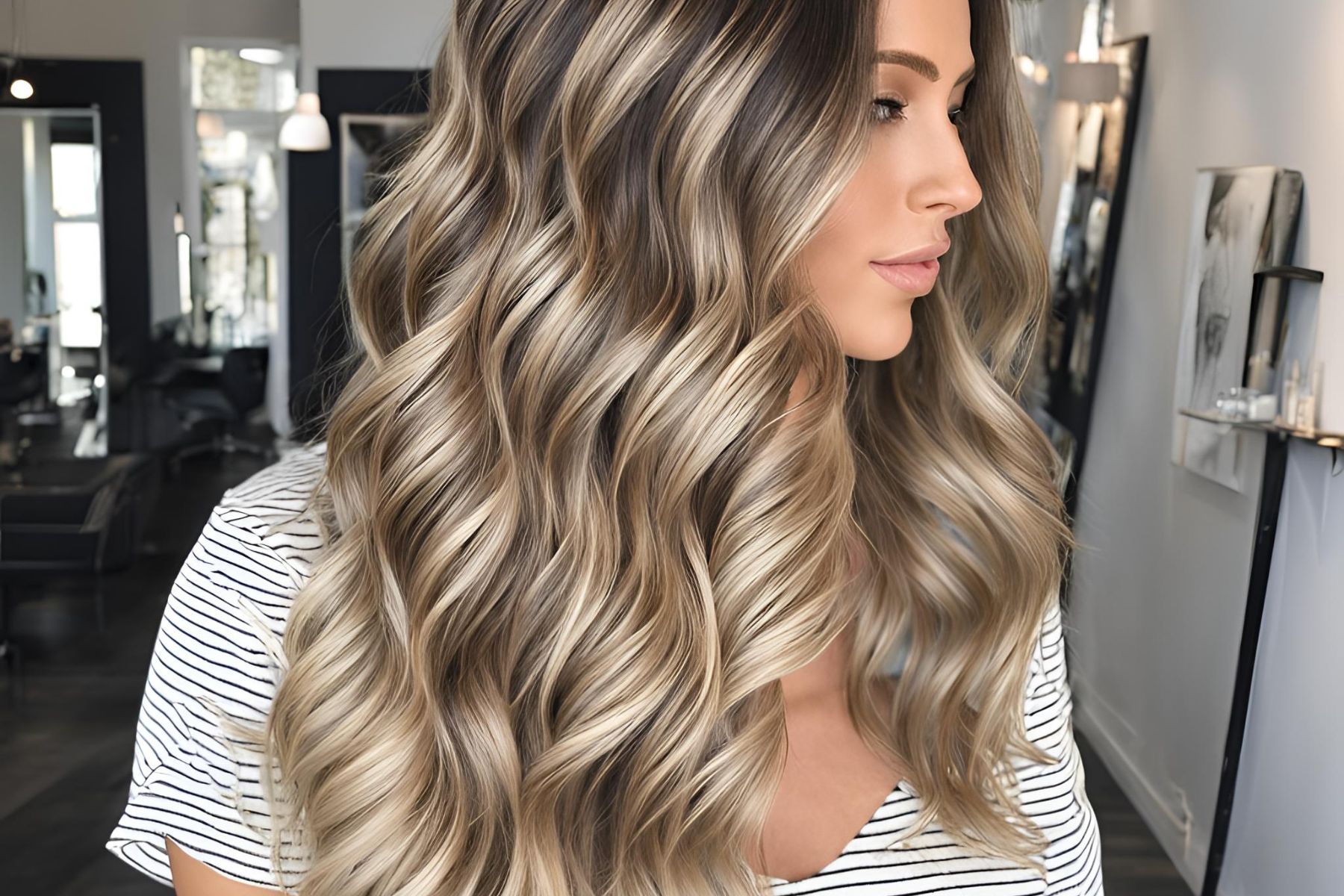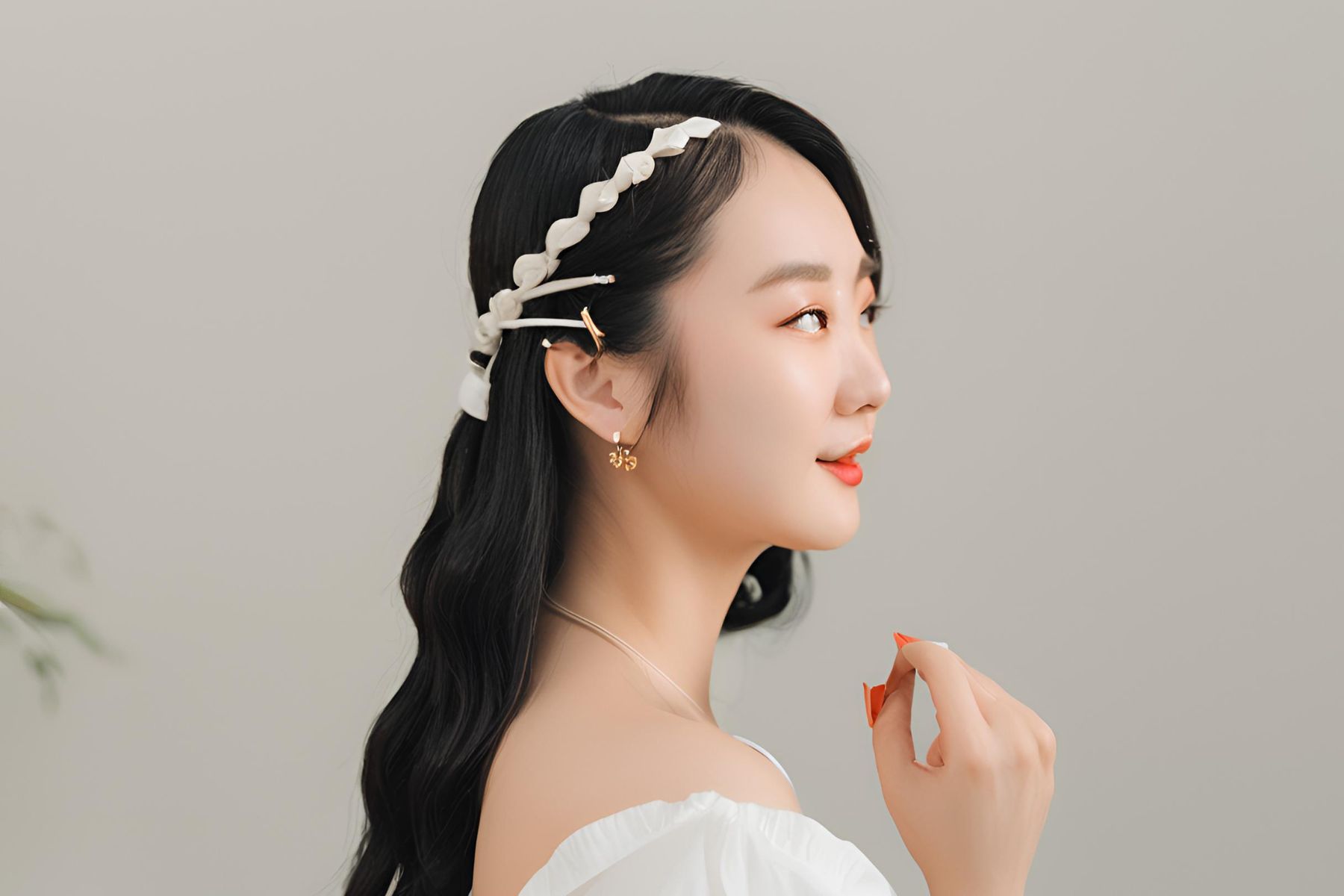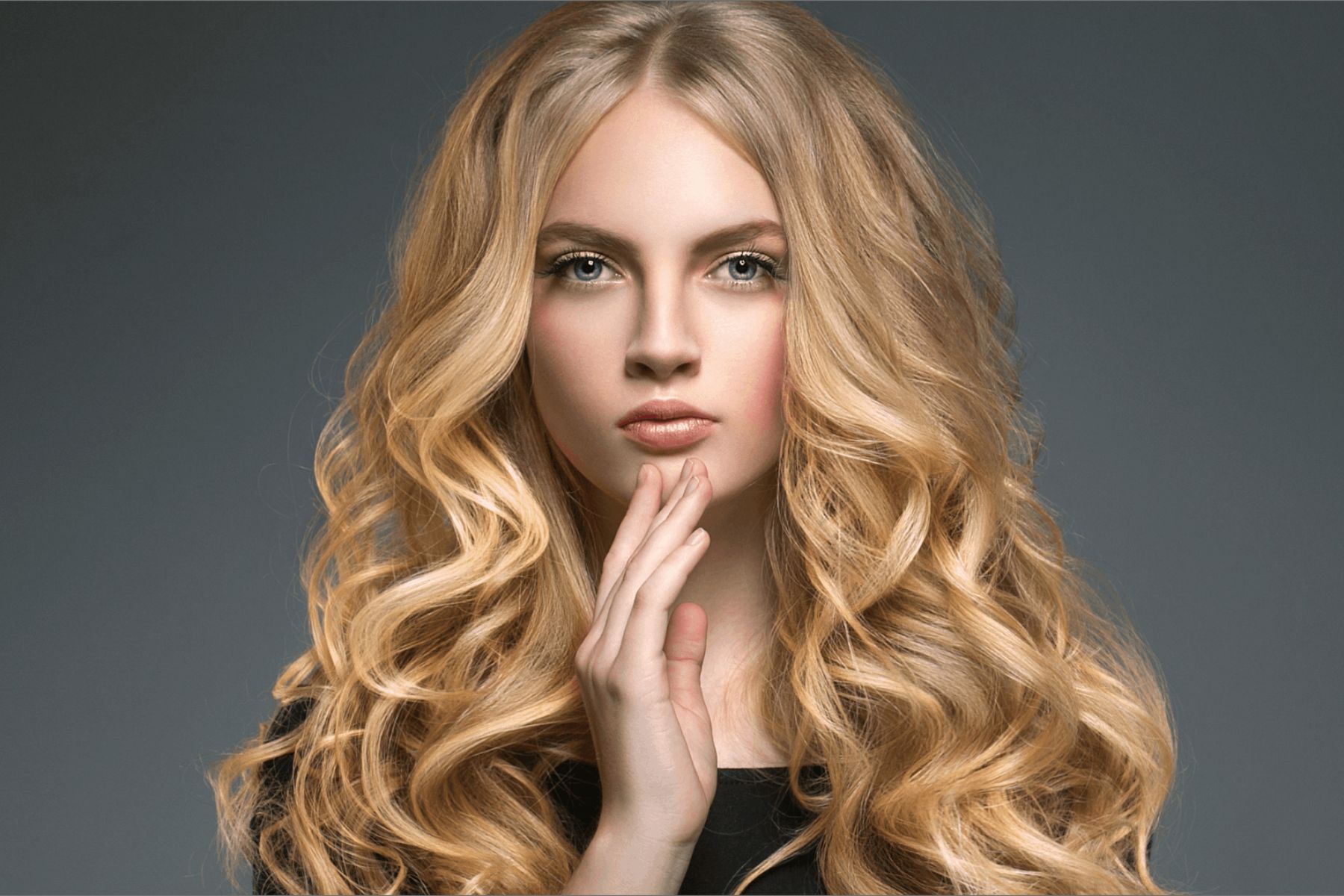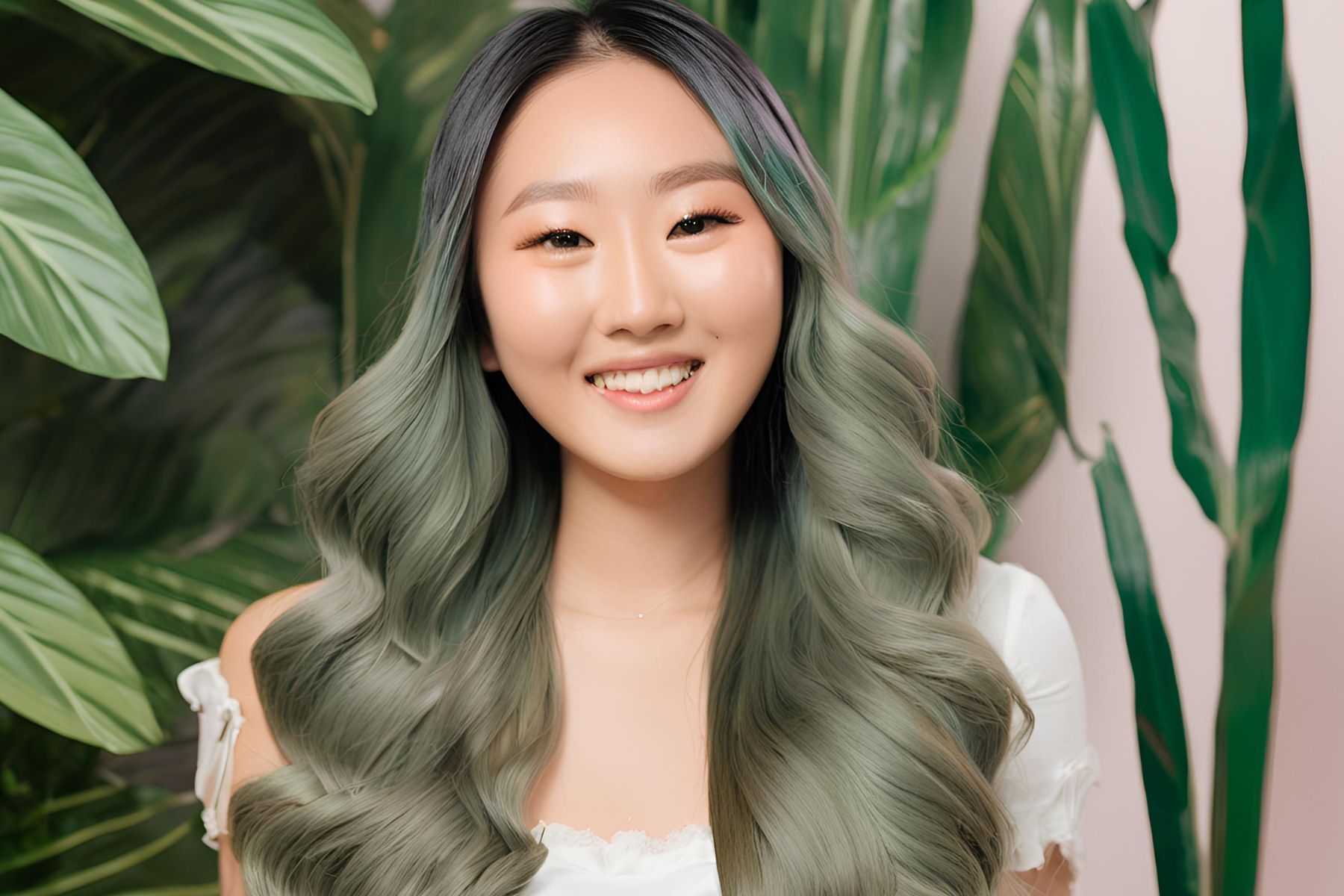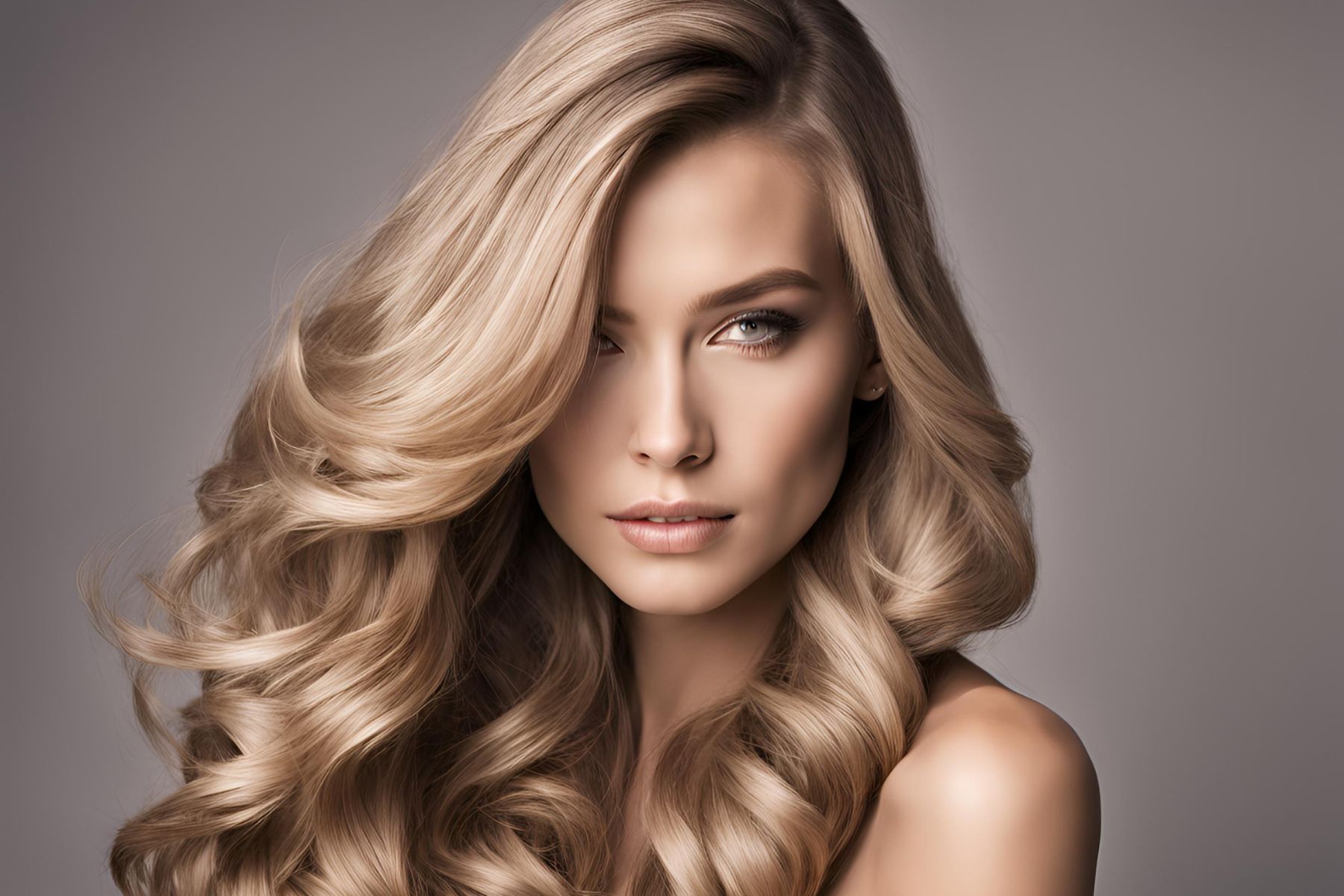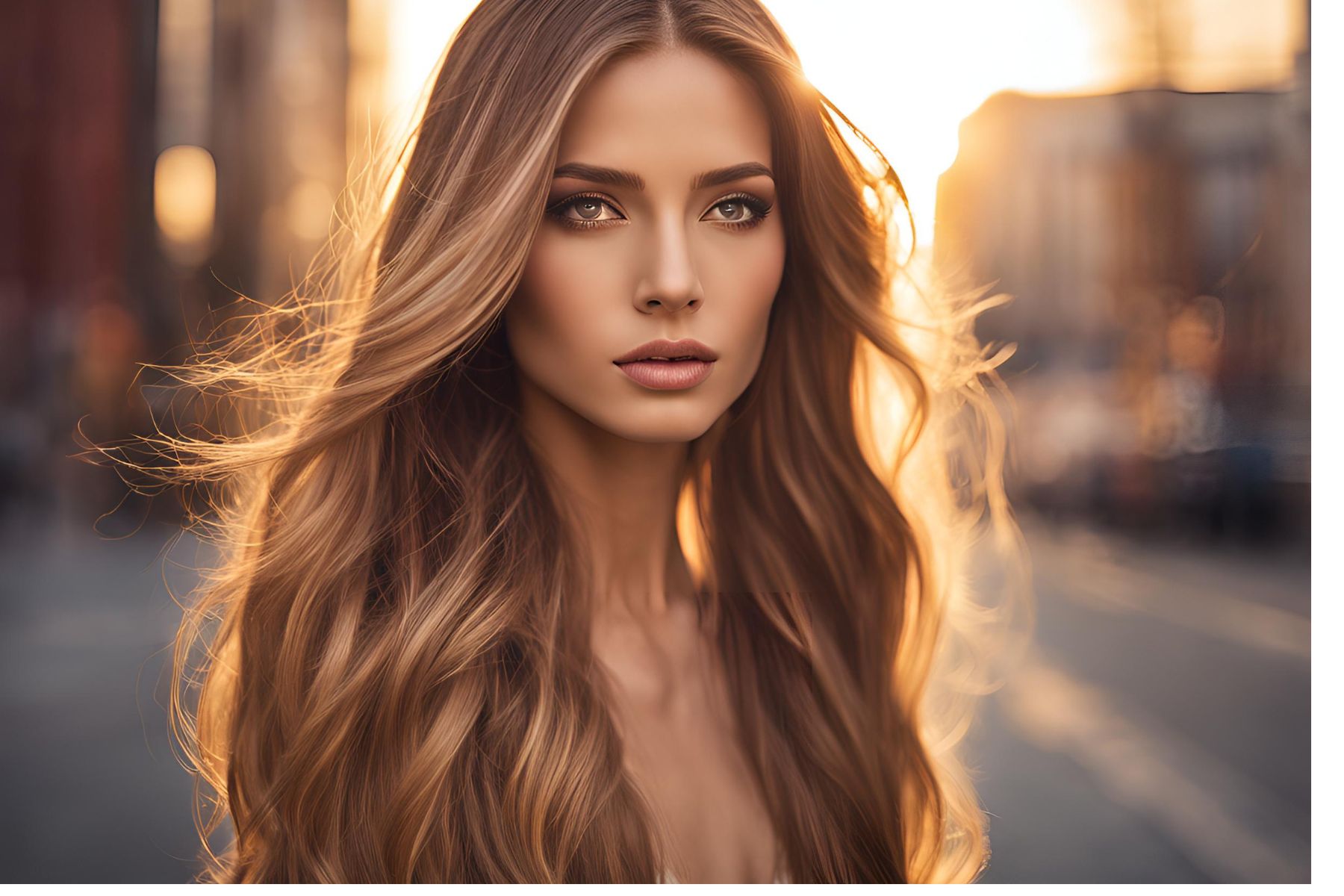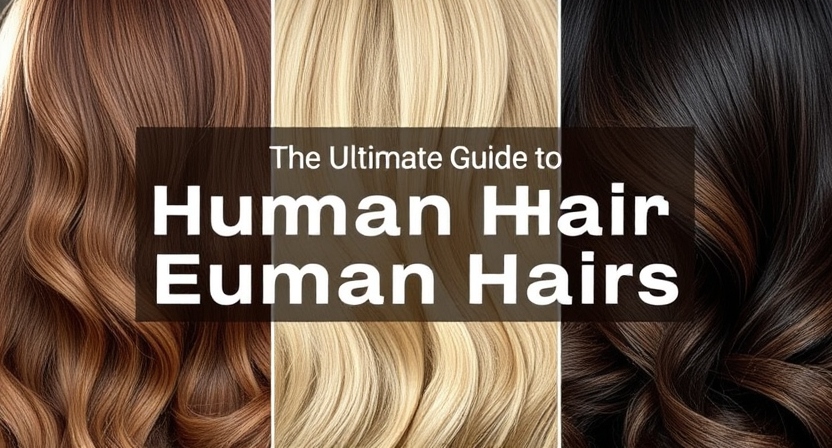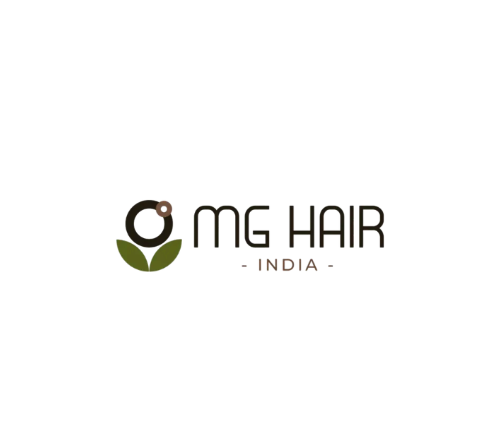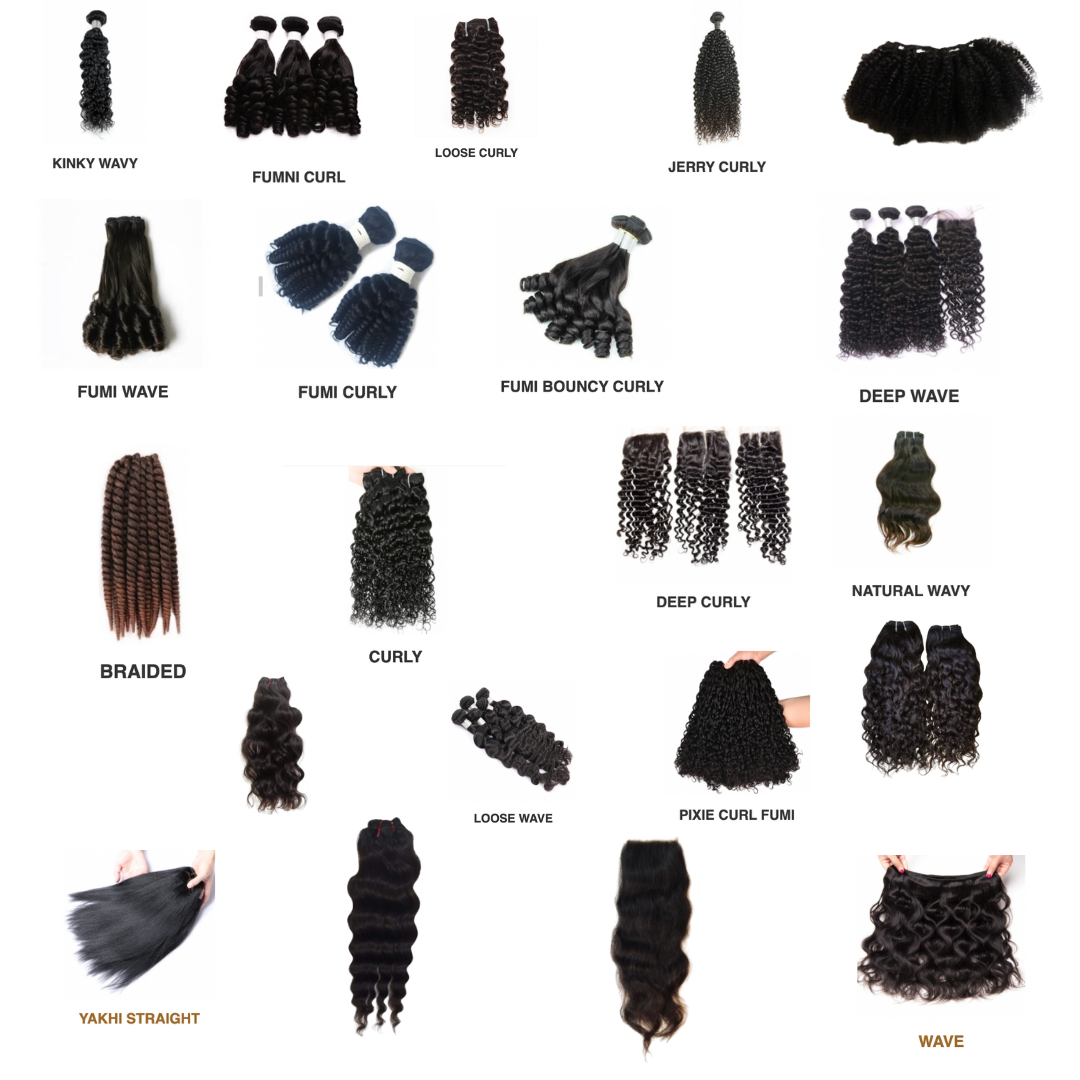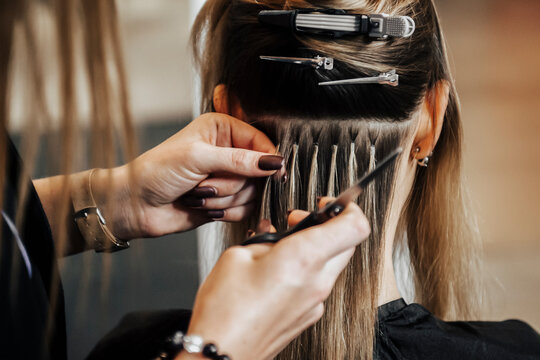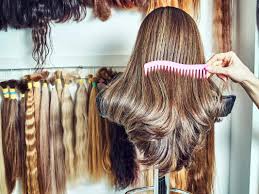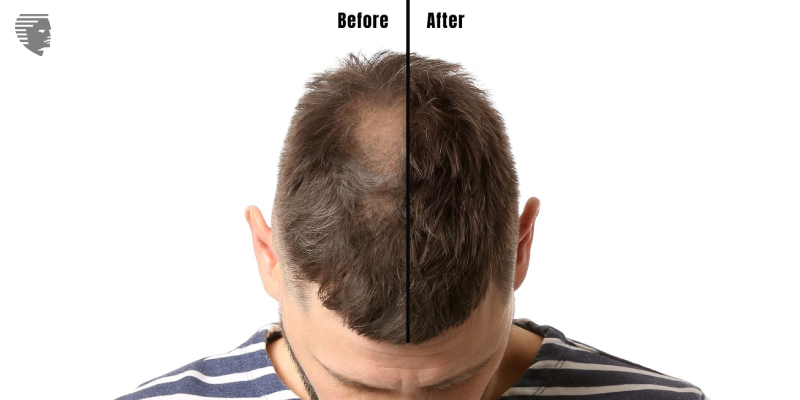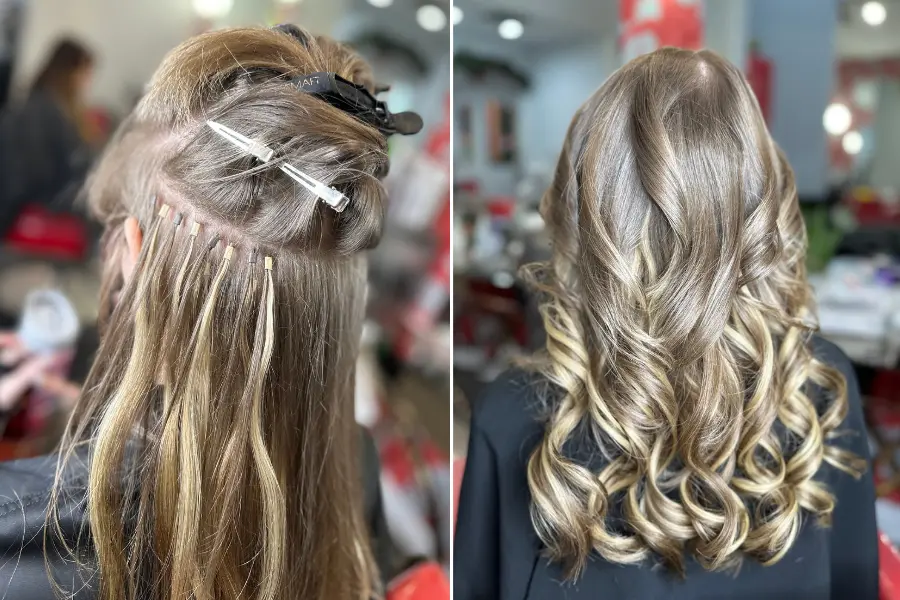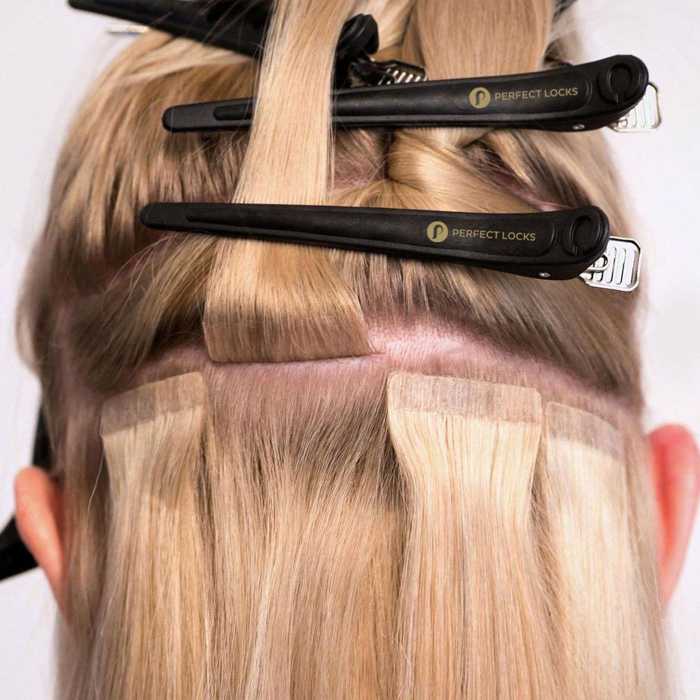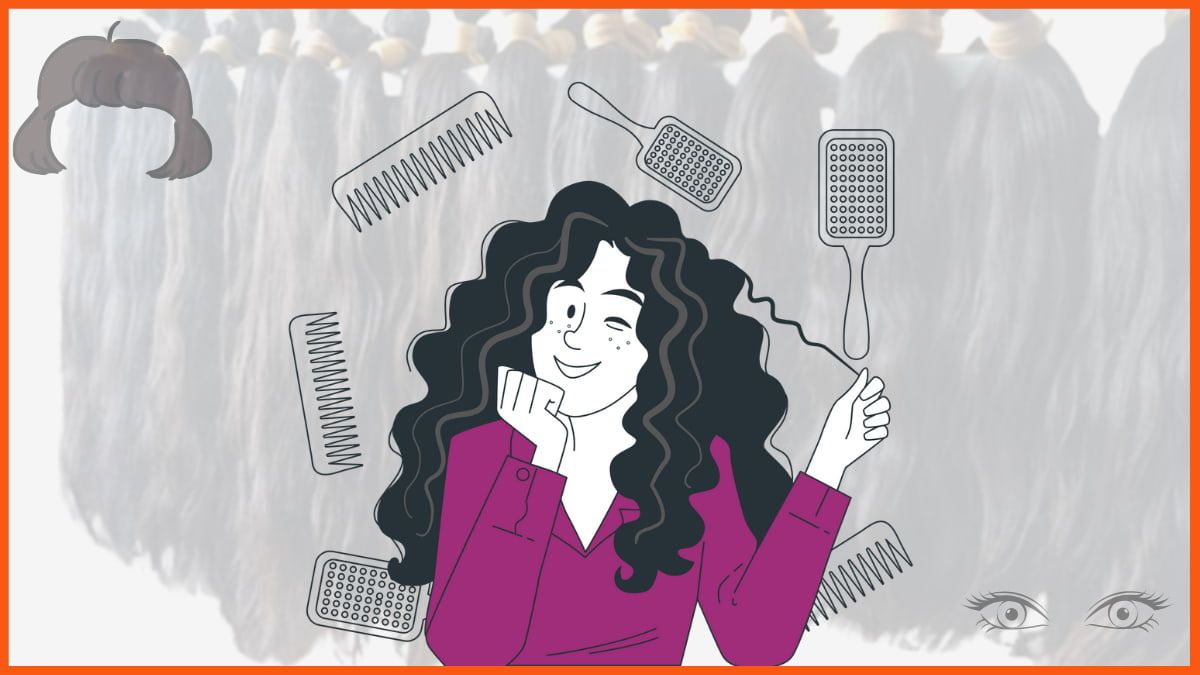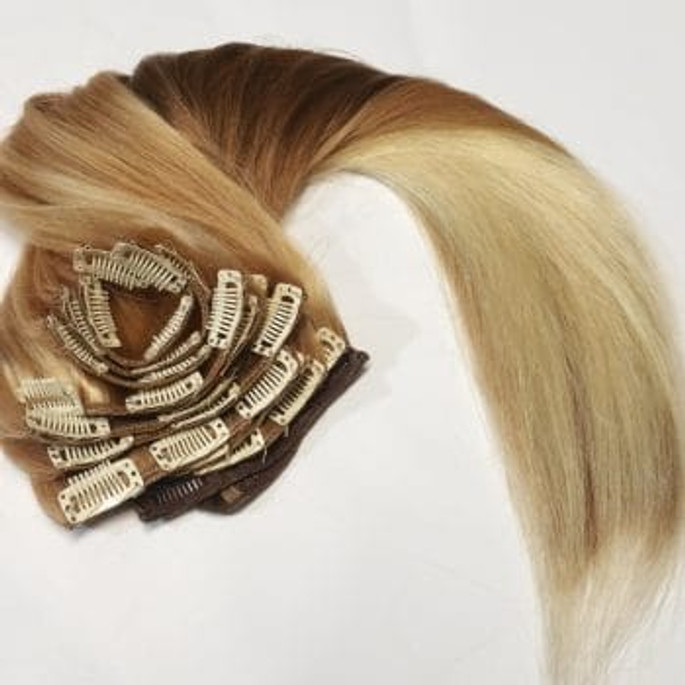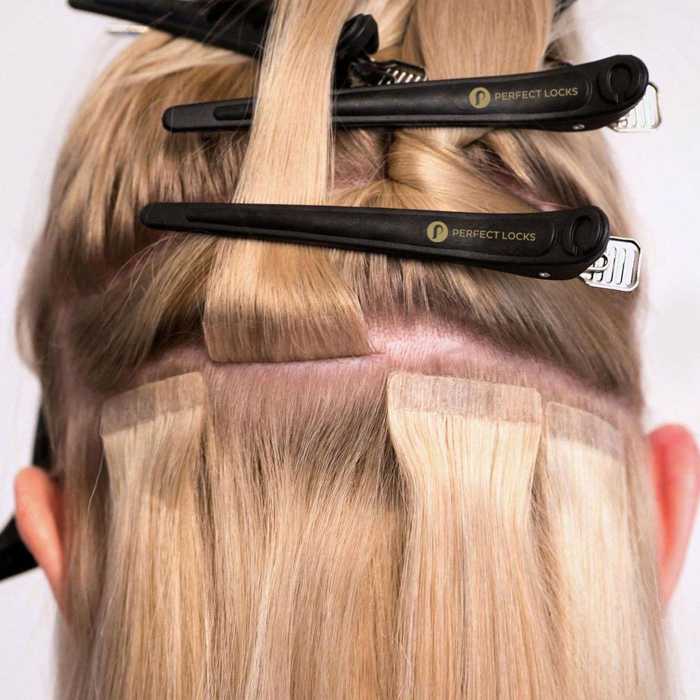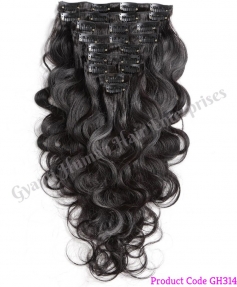Introduction
In the world of hair extensions and wigs, the quality of human hair is paramount. Human hair products have surged in popularity due to their natural appearance, versatility, and durability. However, the market is flooded with varying grades of human hair, making it challenging for suppliers and wholesalers to navigate the landscape. This comprehensive guide aims to demystify the intricacies of human hair grades and quality, empowering you to make informed decisions and provide your customers with the best possible products.
What is Human Hair?
Human hair is sourced from individuals who have voluntarily donated their hair. It undergoes a rigorous processing procedure to remove impurities and prepare it for use in various hair products. The quality of human hair depends on several factors, including the donor's hair health, processing techniques, and the final product's manufacturing process.
Key Factors Affecting Human Hair Quality
-
Hair Cuticle:
- The hair cuticle is the outermost layer of the hair shaft. It consists of overlapping scales that protect the inner layers of the hair.
- Virgin Hair: Hair that has not been chemically treated or colored. It has an intact cuticle, making it the highest quality and most expensive type of human hair.
- Remy Hair: Hair that is collected and processed in a way that preserves the cuticle's direction, ensuring a smooth, tangle-free appearance.
- Non-Remy Hair: Hair that has been processed without regard to the cuticle's direction, leading to tangles and a less natural appearance.
-
Hair Texture:
- Human hair comes in various textures, such as straight, wavy, curly, and kinky.
- The texture of the hair affects its styling versatility and overall appearance.
-
Hair Color:
- Human hair can be naturally colored or chemically processed to achieve different shades.
- Chemically processed hair may be more prone to damage and breakage.
-
Hair Length:
- Longer hair is generally more valuable, as it offers greater versatility in styling and can be cut into shorter lengths.
-
Hair Density:
- Hair density refers to the thickness or fullness of the hair.
- Higher density hair provides a fuller, more natural look.
Understanding Human Hair Grades
Human hair is typically graded on a scale of 1 to 10, with 10 being the highest quality. The grade reflects the hair's overall quality, including factors like cuticle health, texture, color consistency, and length.
Grade 10 Hair:
- Virgin Remy Hair: The highest quality, with intact cuticles and minimal processing.
- Silky Smooth Texture: Offers exceptional softness and shine.
- Minimal Shedding and Tangle-Free: Maintains its integrity over time.
- Versatility: Can be styled in various ways, including heat styling.
Grade 9 Hair:
- Remy Hair: High-quality hair with cuticles aligned in the same direction.
- Soft Texture: Smooth and silky to the touch.
- Minimal Shedding and Tangles: Requires minimal maintenance.
- Good Versatility: Can be styled with heat tools, but with caution.
Grade 8 Hair:
- Remy Hair: Good quality hair with some processing.
- Moderate Texture: Slightly less soft than higher grades.
- Some Shedding and Tangles: May require more frequent care.
- Limited Versatility: Best suited for low-heat styling.
Grade 7 Hair:
- Non-Remy Hair: Lower quality hair with mixed cuticle directions.
- Rough Texture: Can be more coarse and frizzy.
- Significant Shedding and Tangles: Requires frequent detangling and conditioning.
- Limited Styling Options: Best for simple styles and minimal heat styling.
Grade 6 and Below:
- Non-Remy Hair: Very low quality hair with significant damage.
- Very Rough Texture: Can be extremely dry and brittle.
- Excessive Shedding and Tangles: Requires constant maintenance.
- Limited Styling Options: Best for low-maintenance styles and minimal heat styling.
Tips for Suppliers and Wholesalers
-
Source from Reputable Suppliers:
- Partner with reliable suppliers who prioritize quality and ethical sourcing.
- Verify the supplier's reputation and certifications.
-
Thoroughly Inspect Hair:
- Carefully examine each bundle of hair for any defects or inconsistencies.
- Pay attention to the hair's texture, color, and length.
-
Educate Yourself:
- Stay updated on the latest trends and advancements in human hair technology.
- Attend industry events and workshops to expand your knowledge.
-
Invest in Quality Control:
- Implement strict quality control measures to ensure consistent product quality.
- Regularly test and inspect your inventory.
-
Provide Clear Product Information:
- Clearly label your products with accurate information about the hair grade, texture, color, and length.
- Provide detailed care instructions to help customers maintain the hair's quality.
-
Build Strong Relationships with Customers:
- Offer excellent customer service and support.
- Be transparent about your products and pricing.
Conclusion
Understanding human hair grades and quality is essential for suppliers and wholesalers in the hair industry. By carefully selecting high-quality hair and educating your customers, you can build a successful and reputable business. Remember, investing in quality human hair will ultimately benefit your customers and your bottom line.
Related Blog

